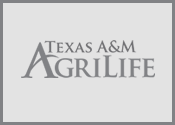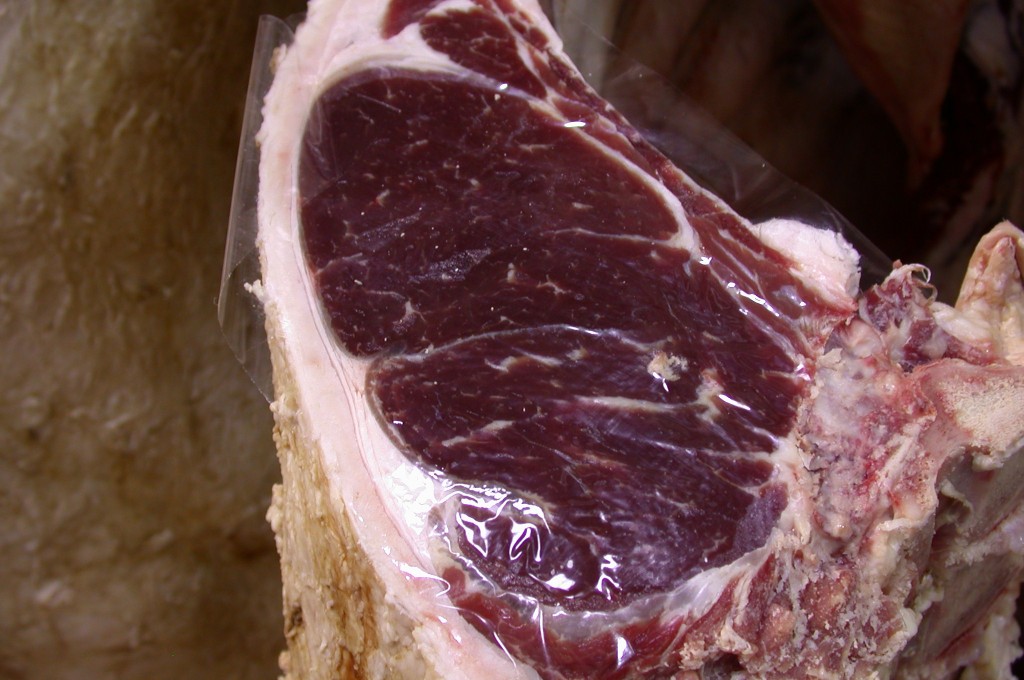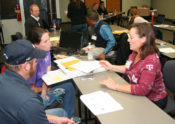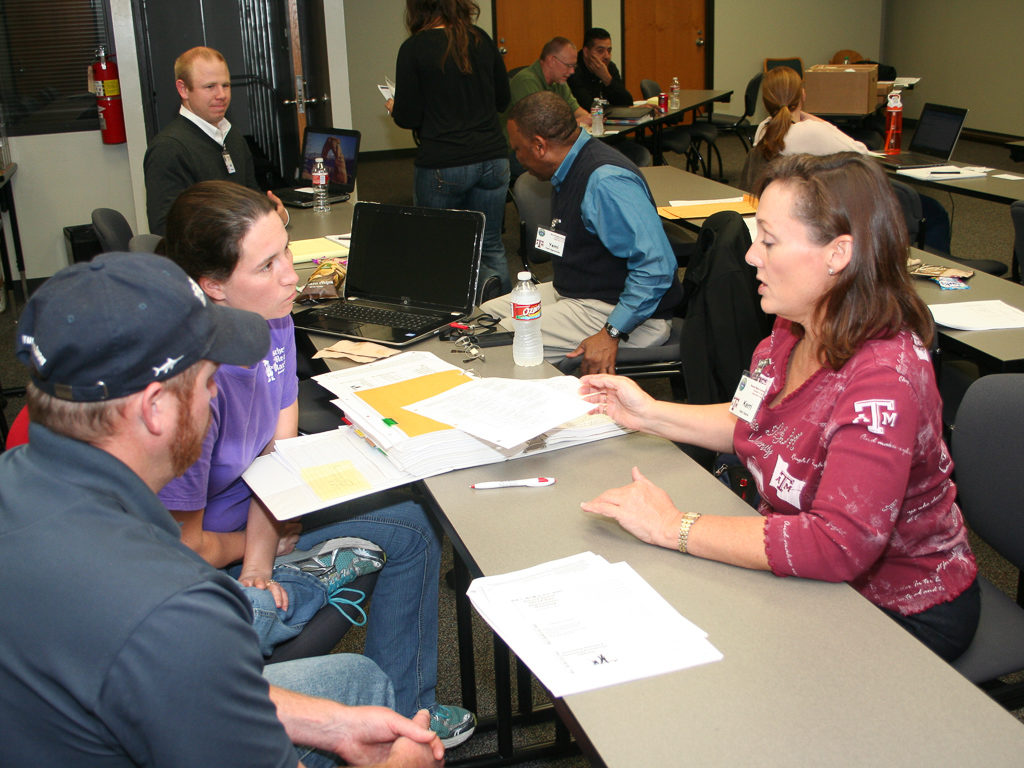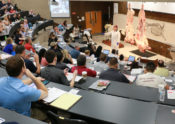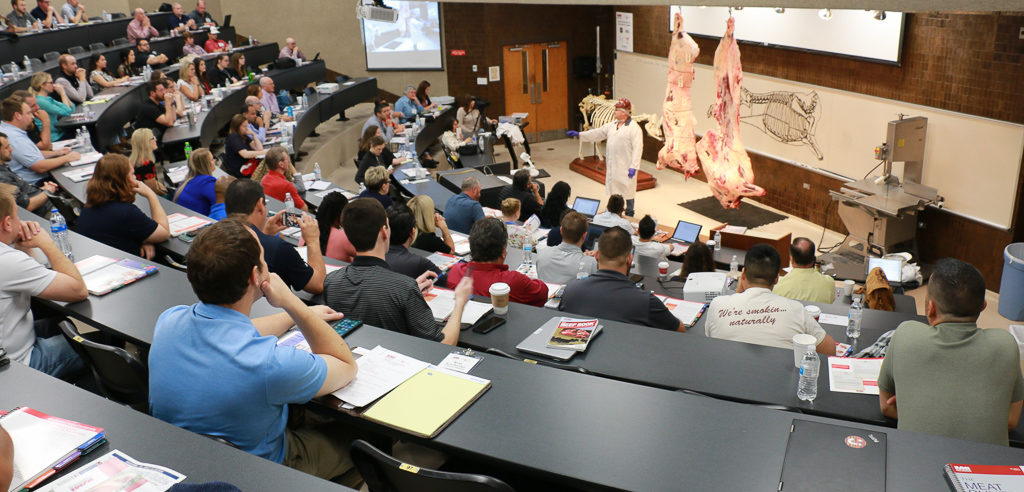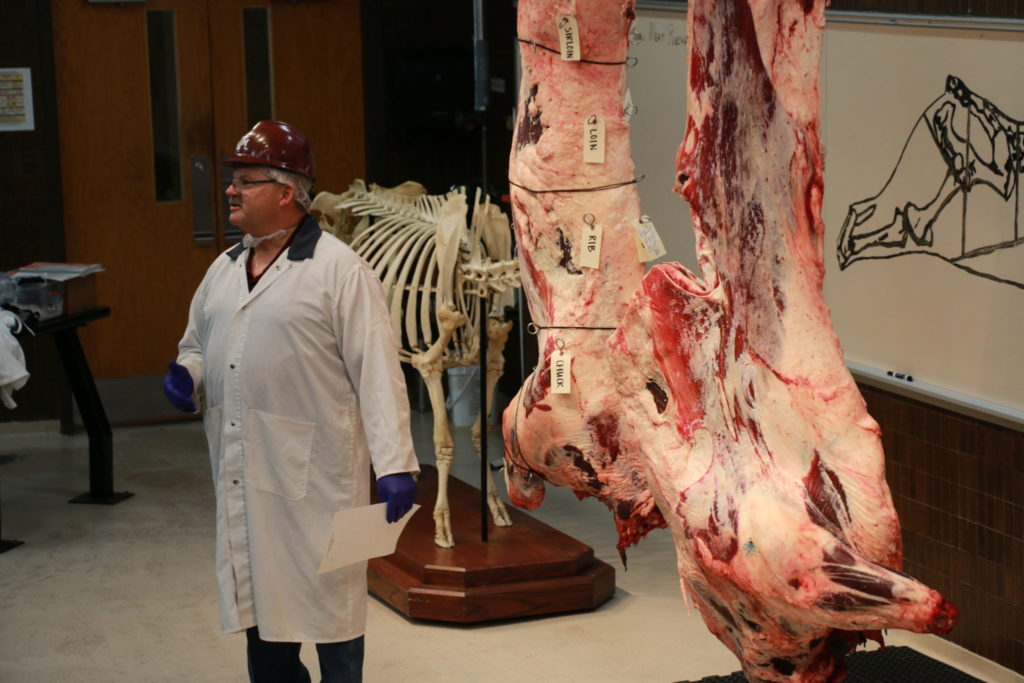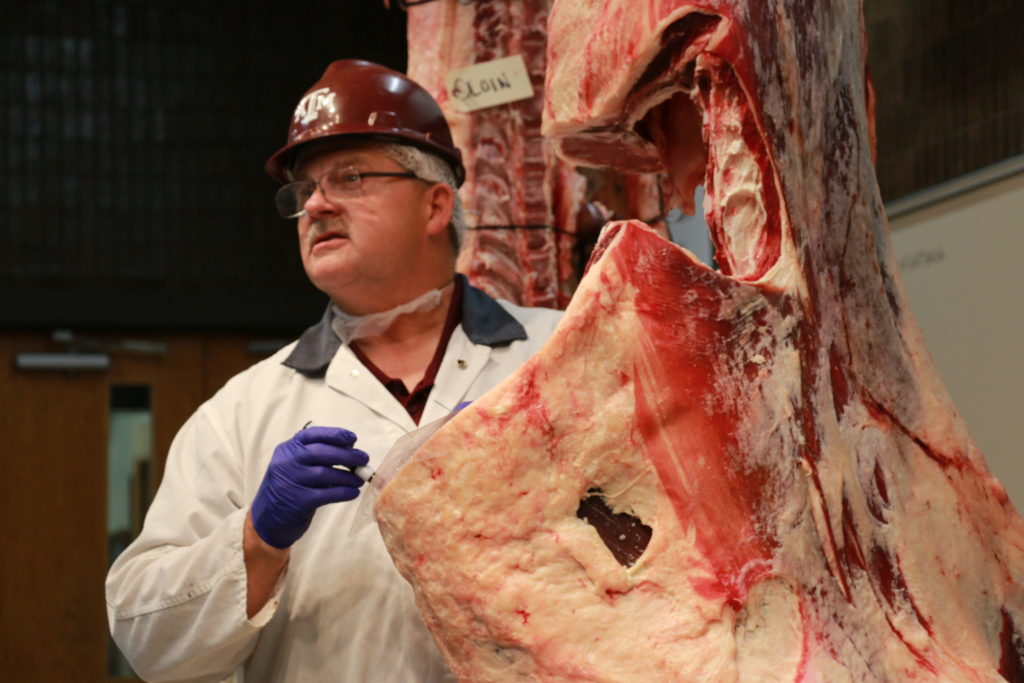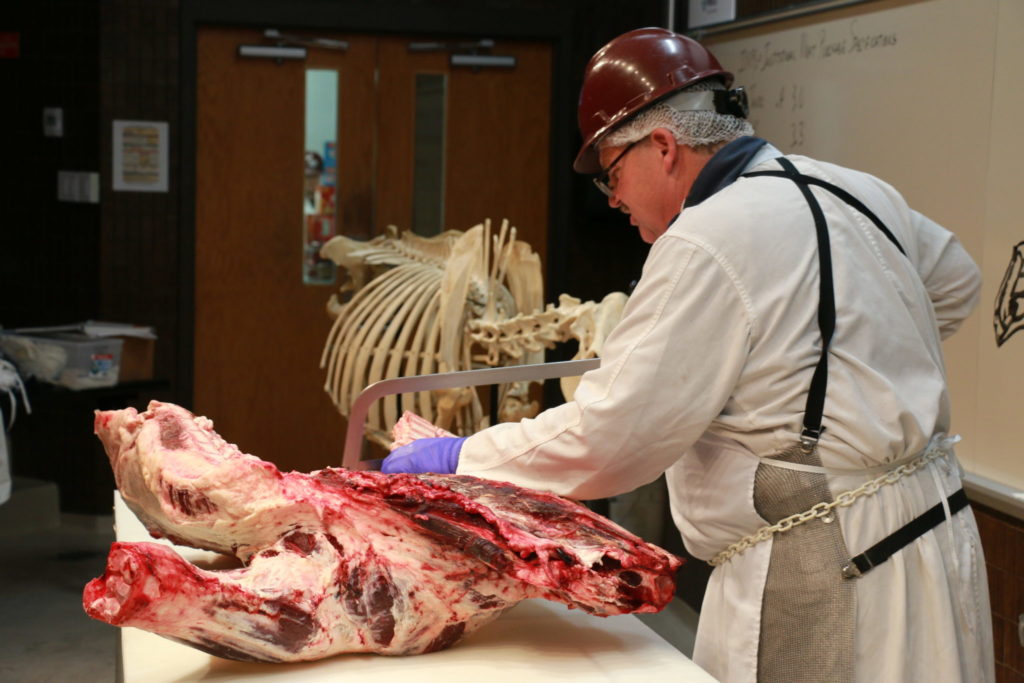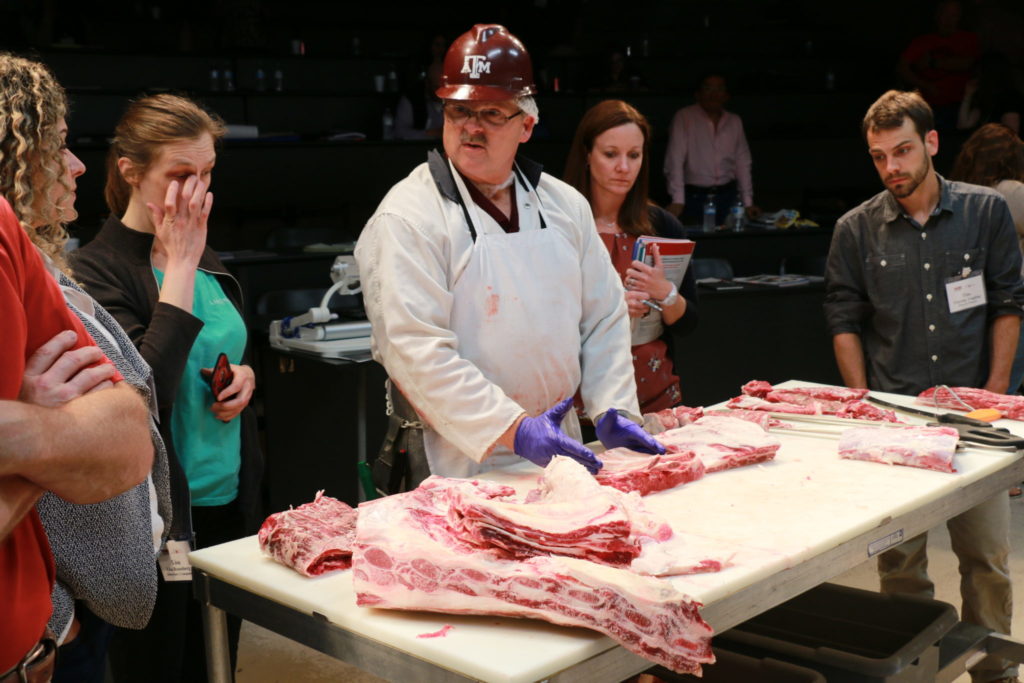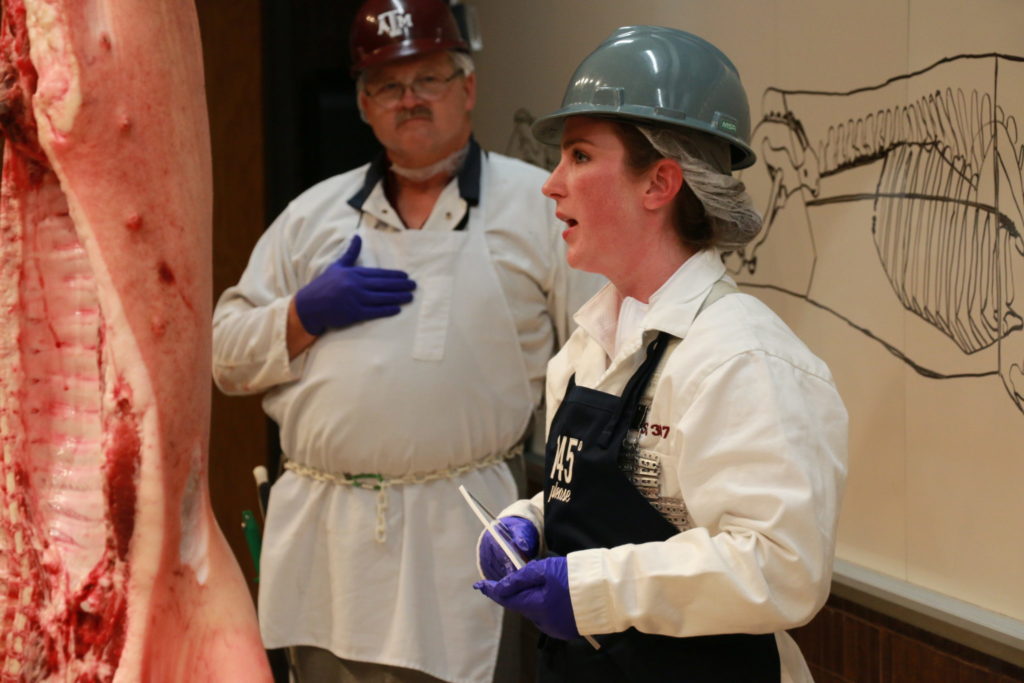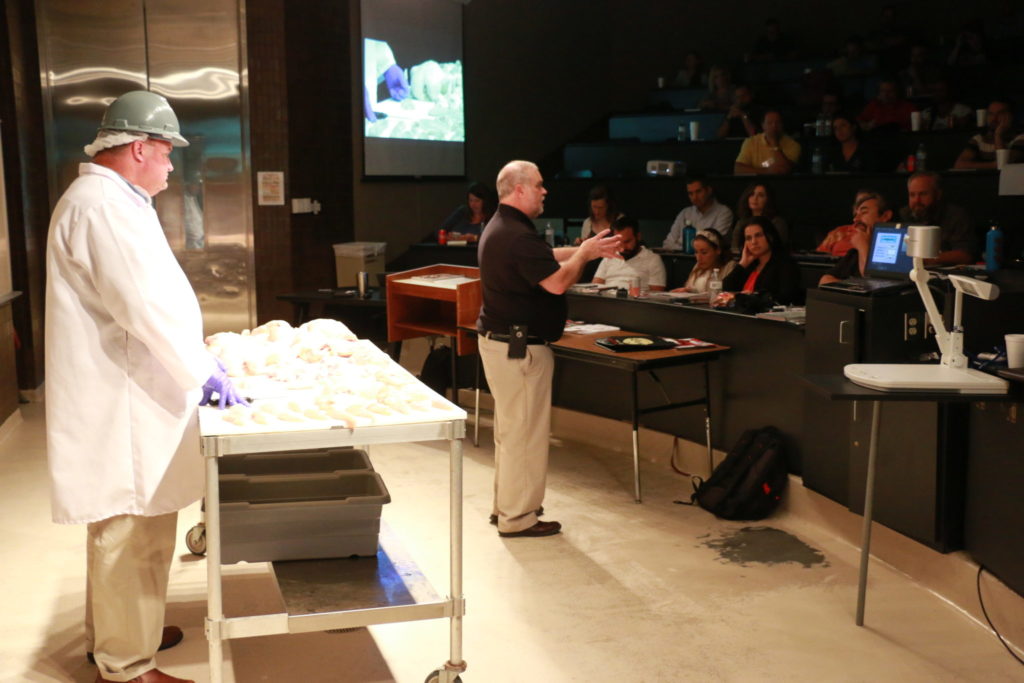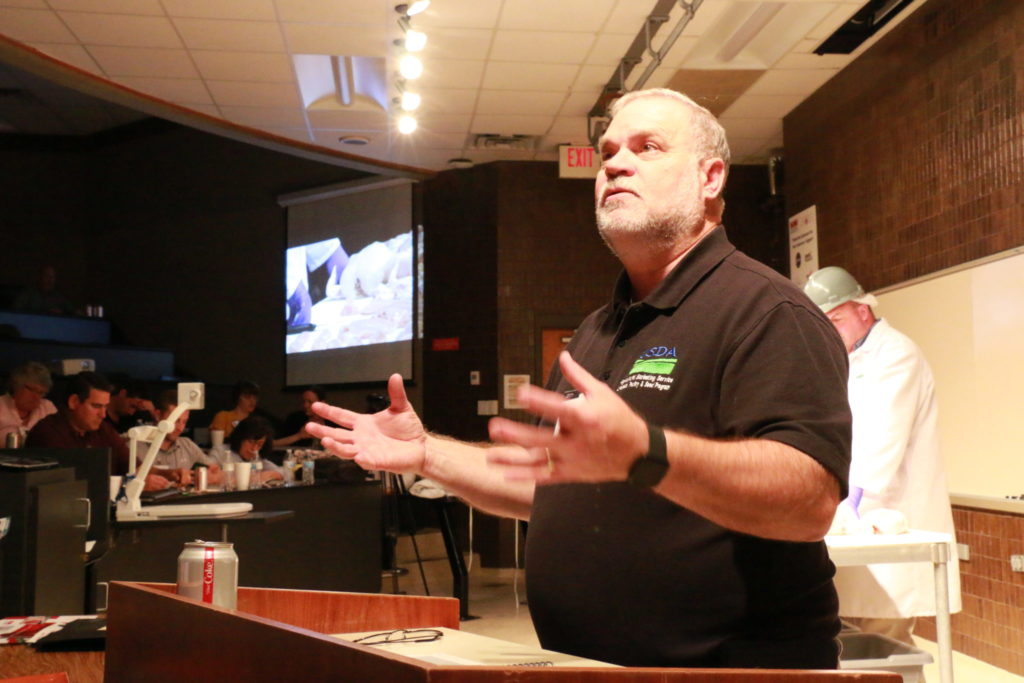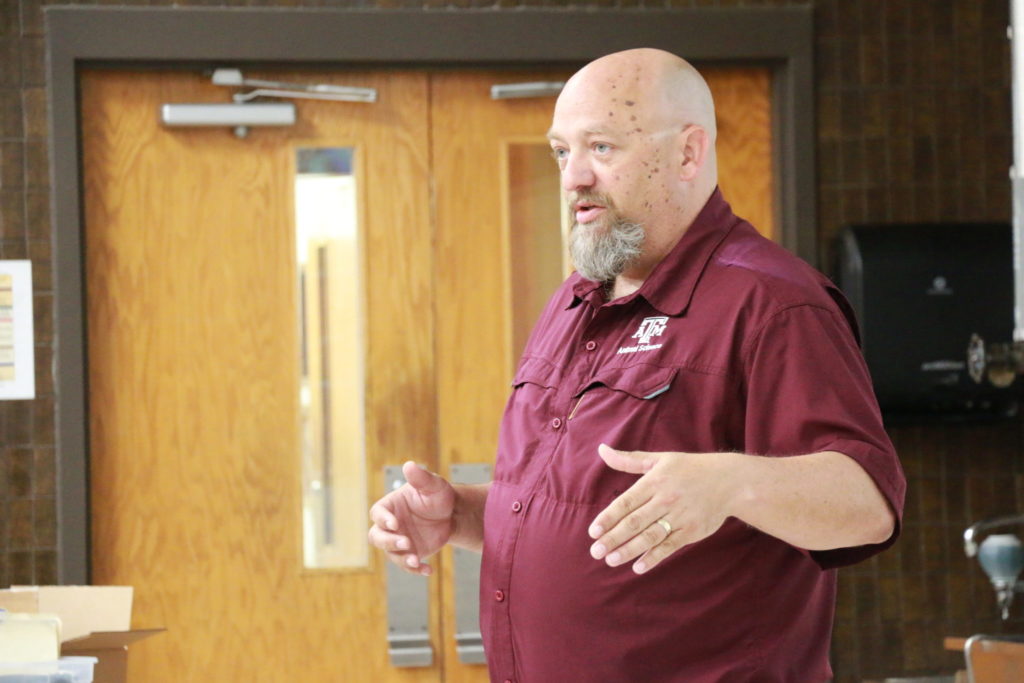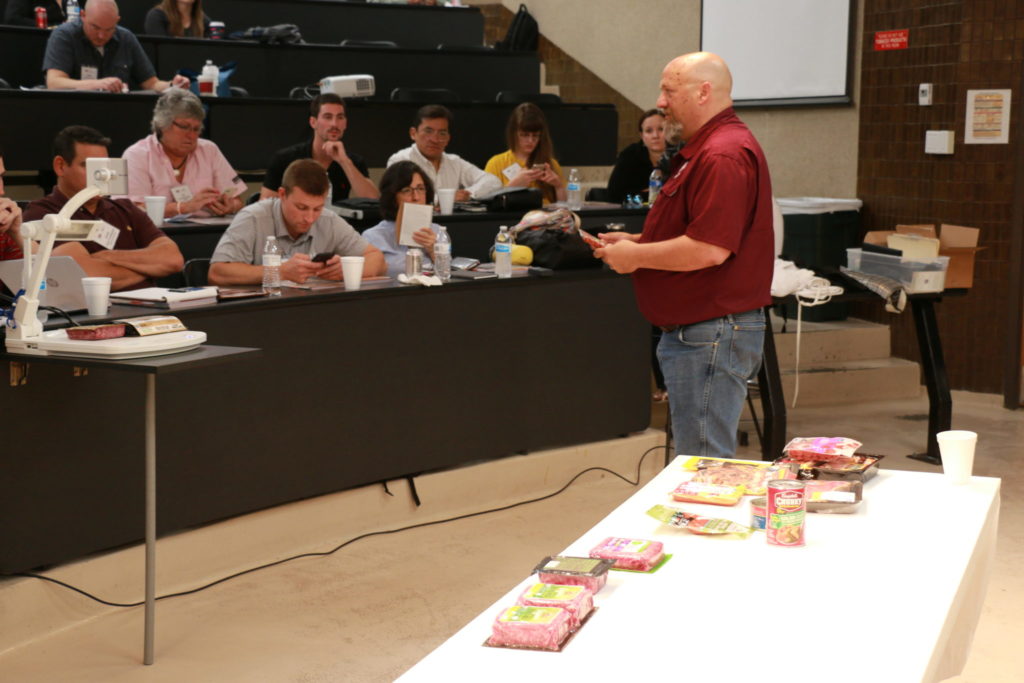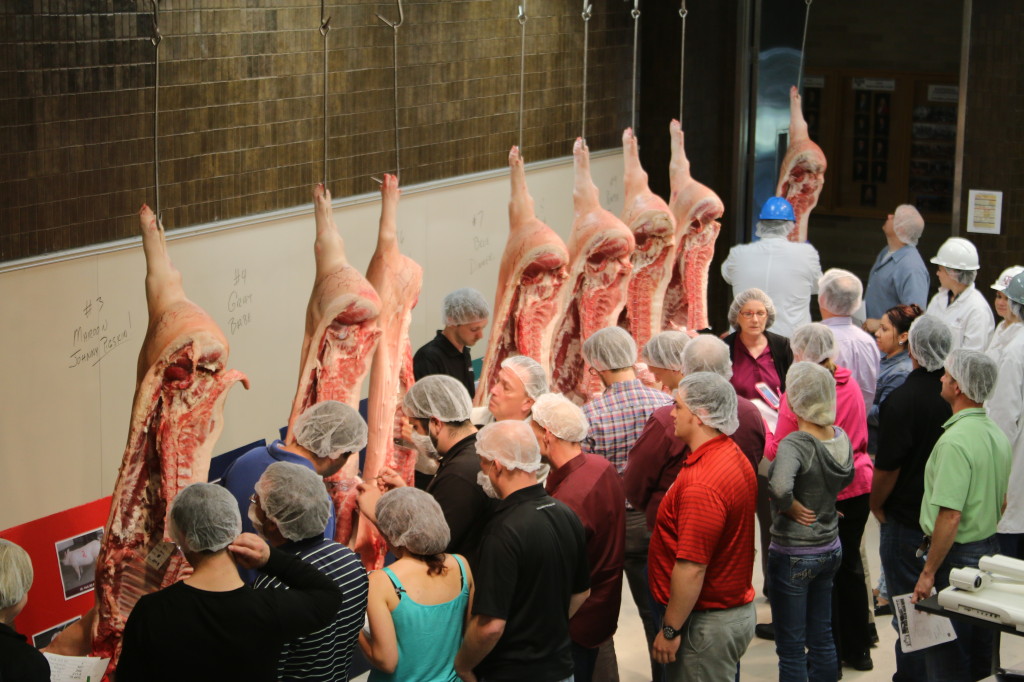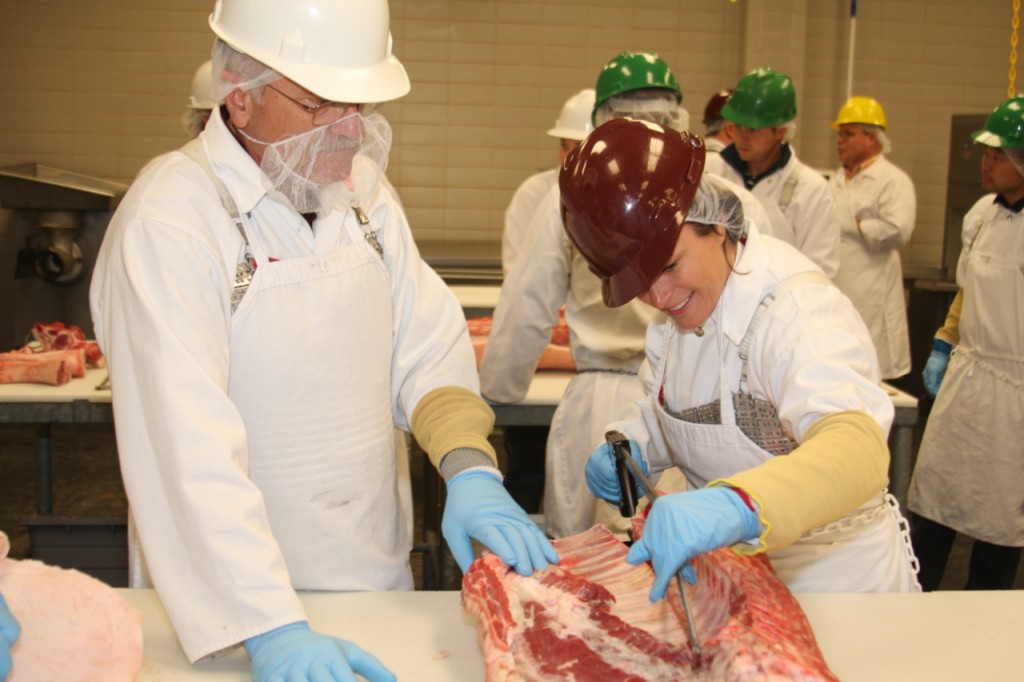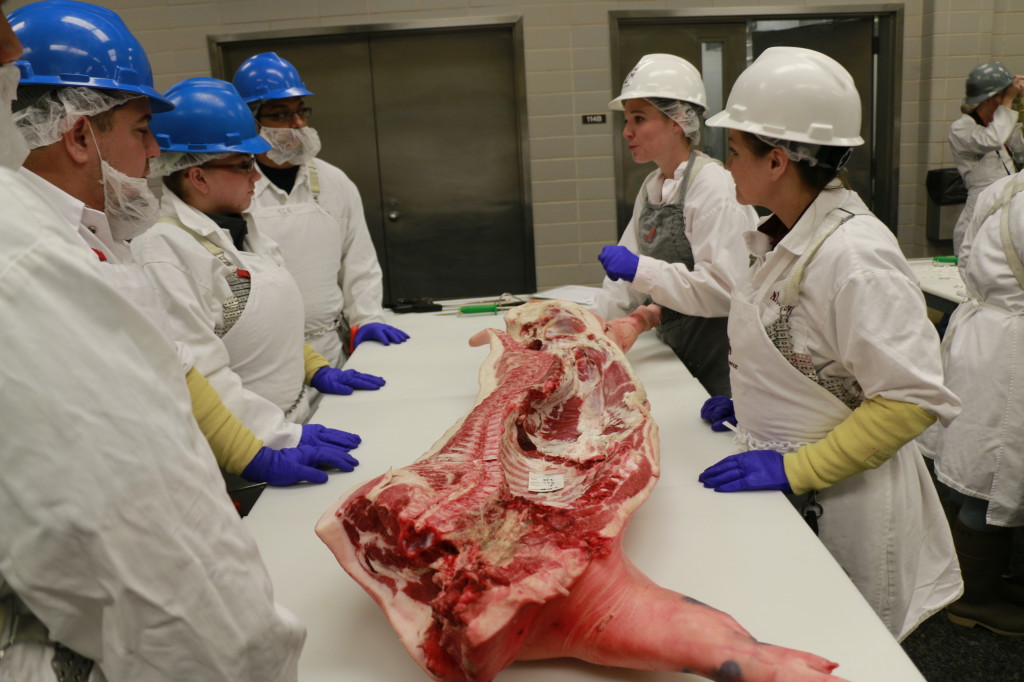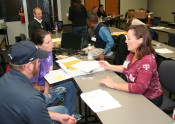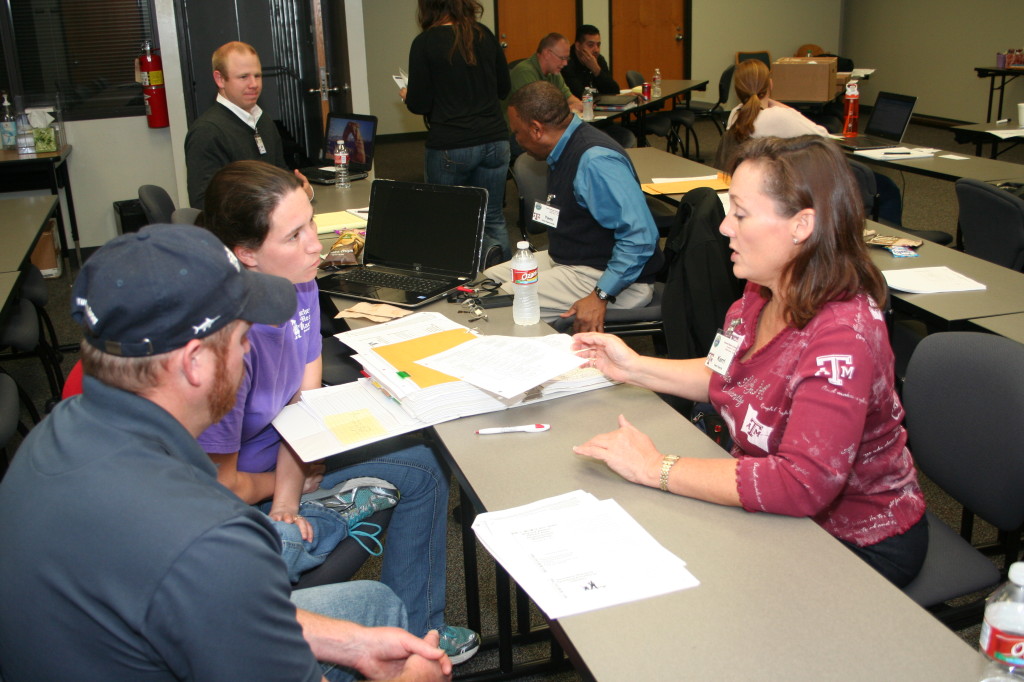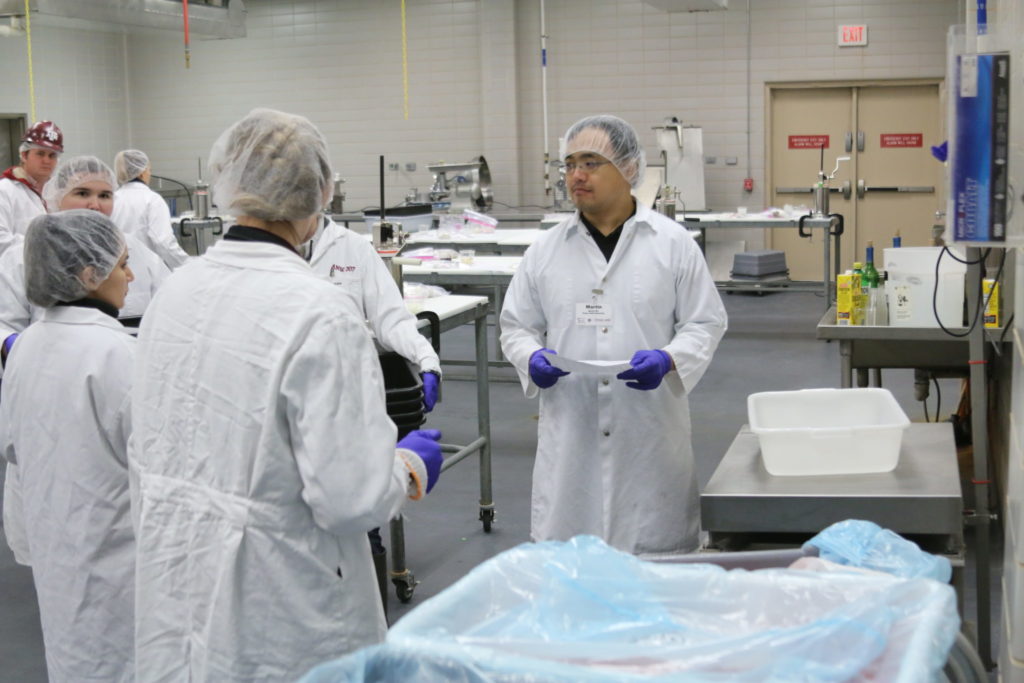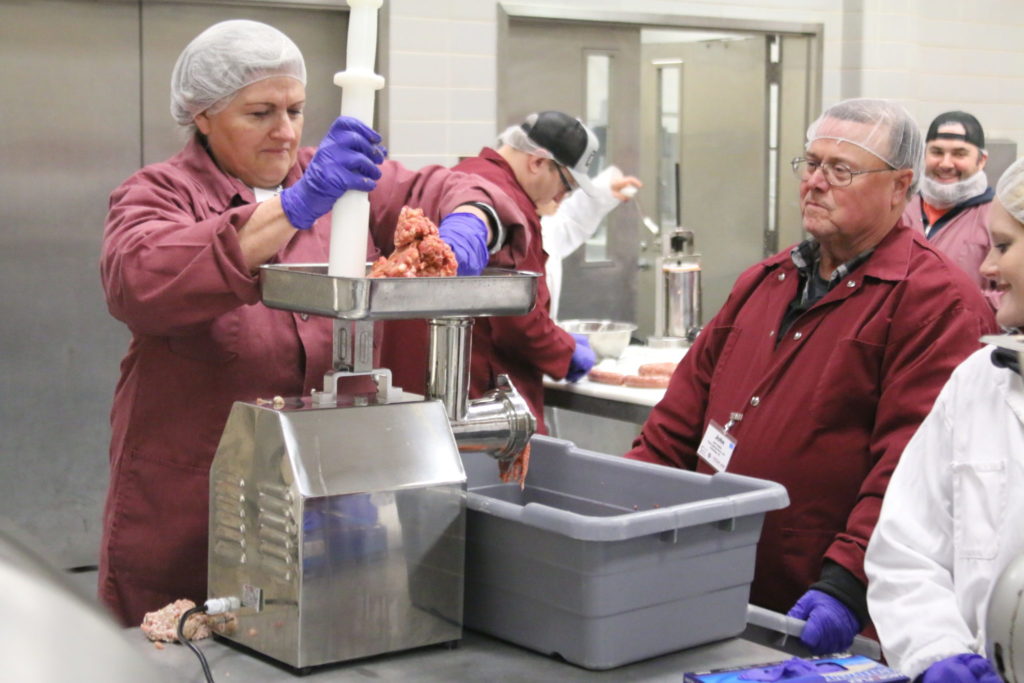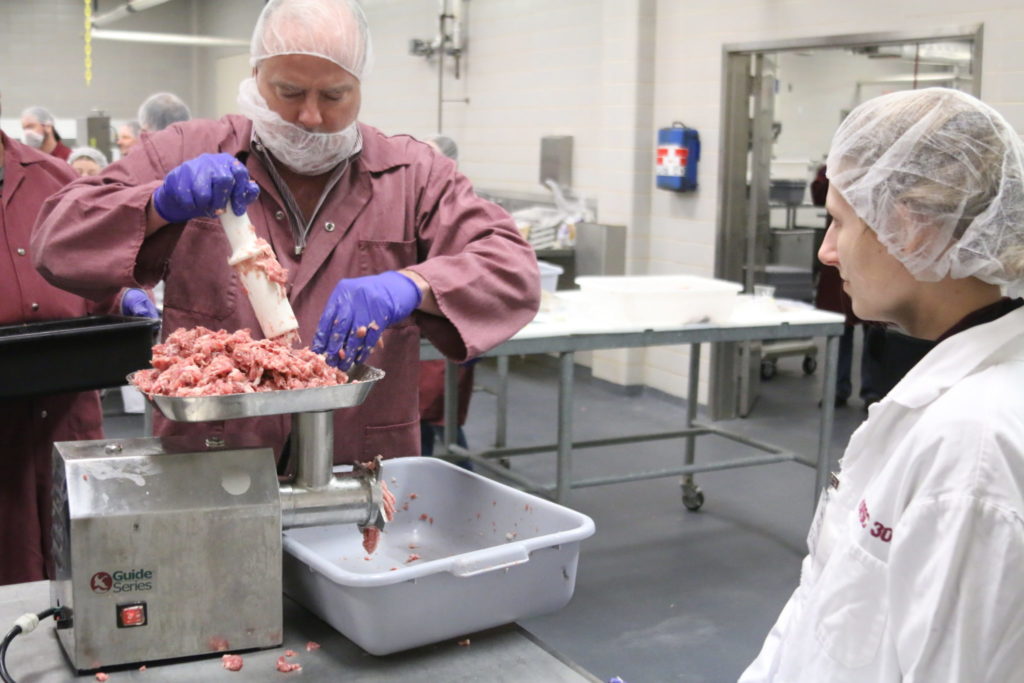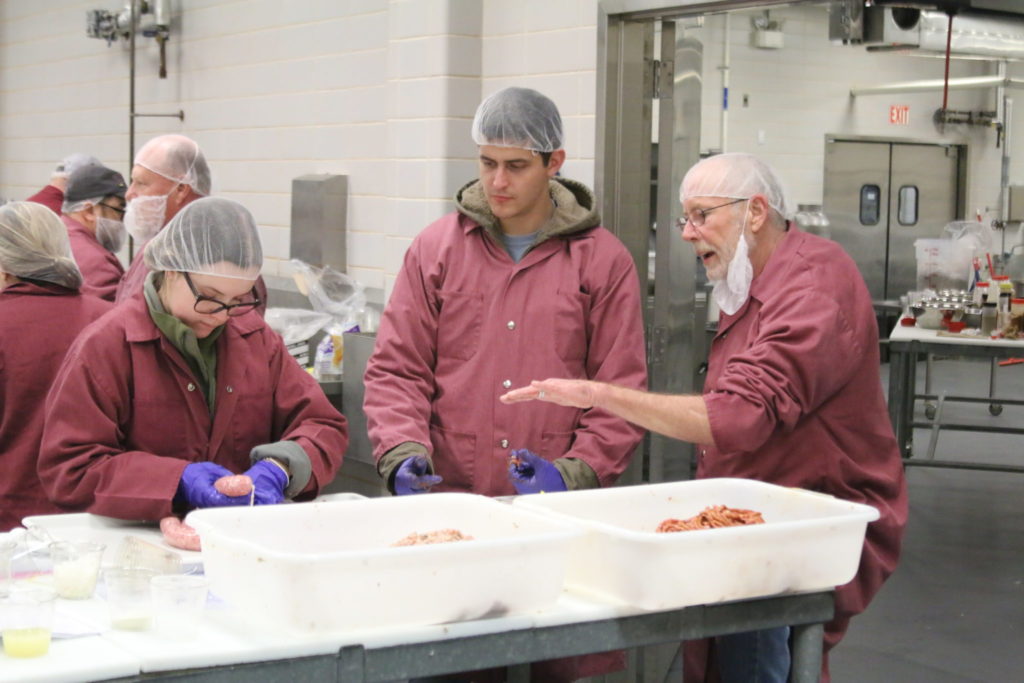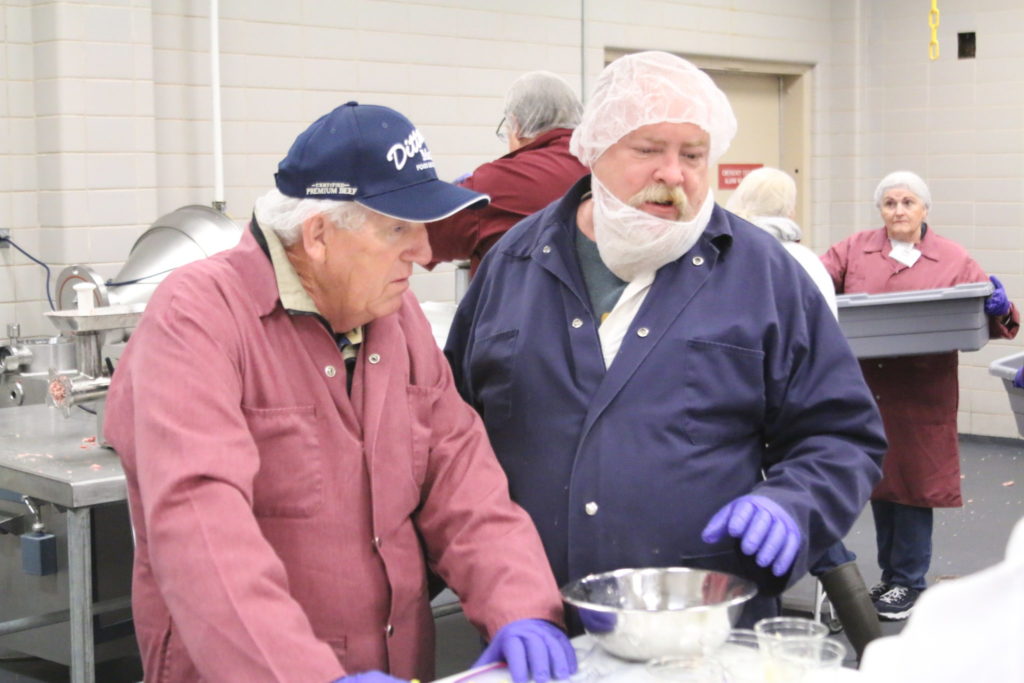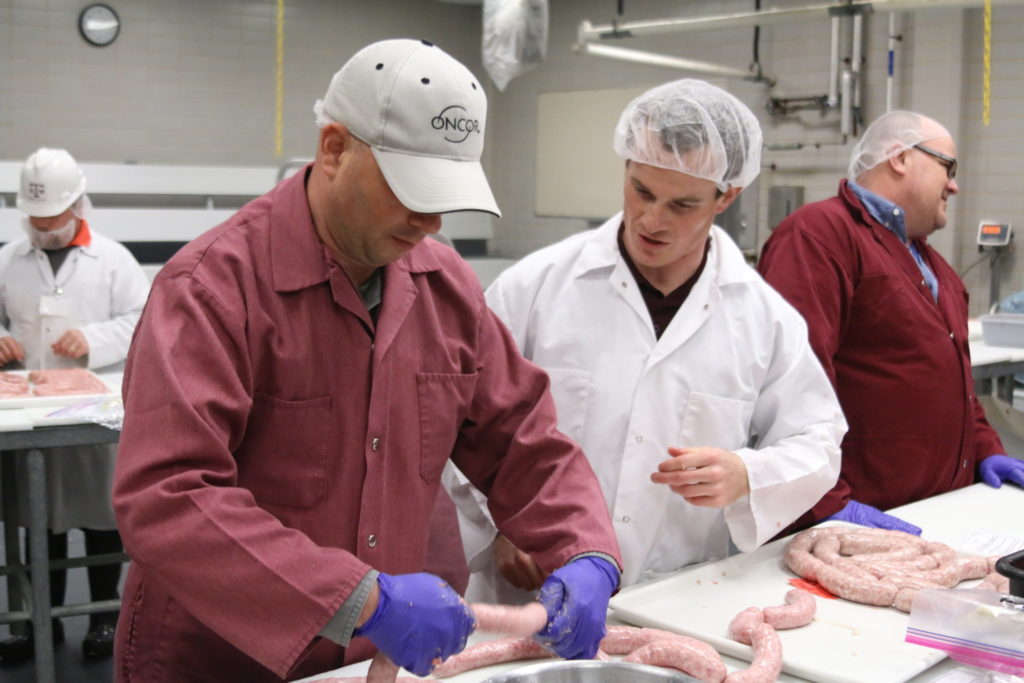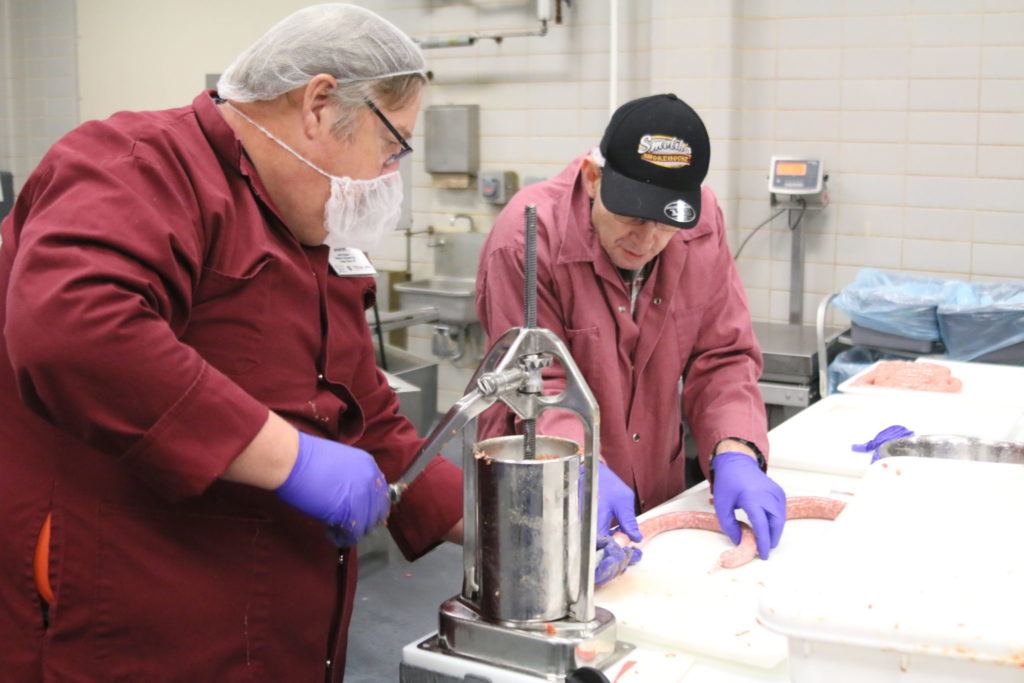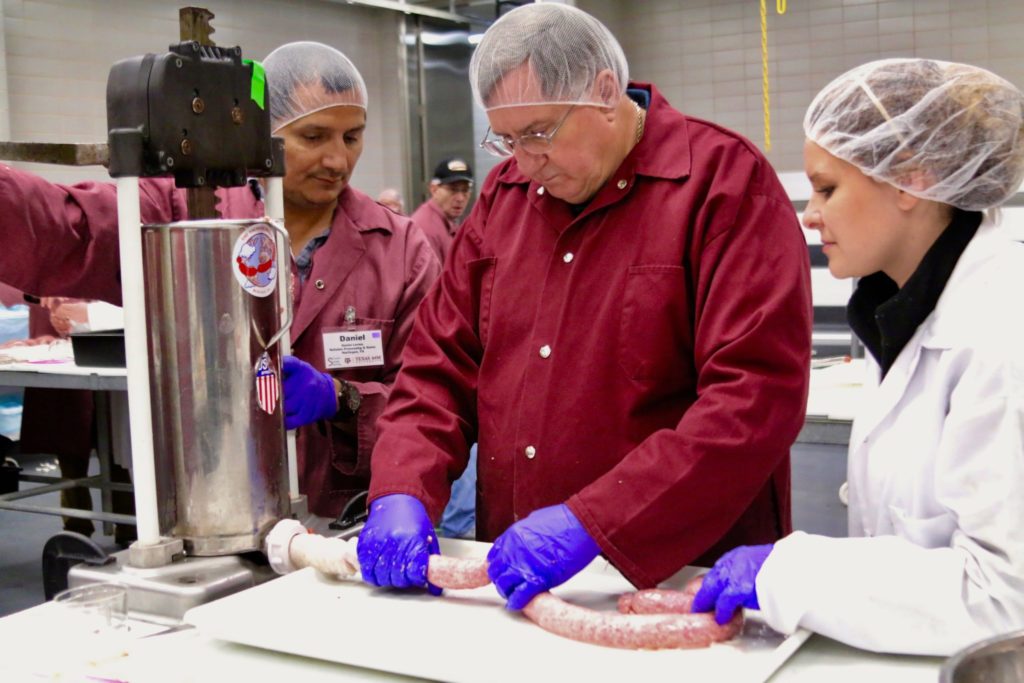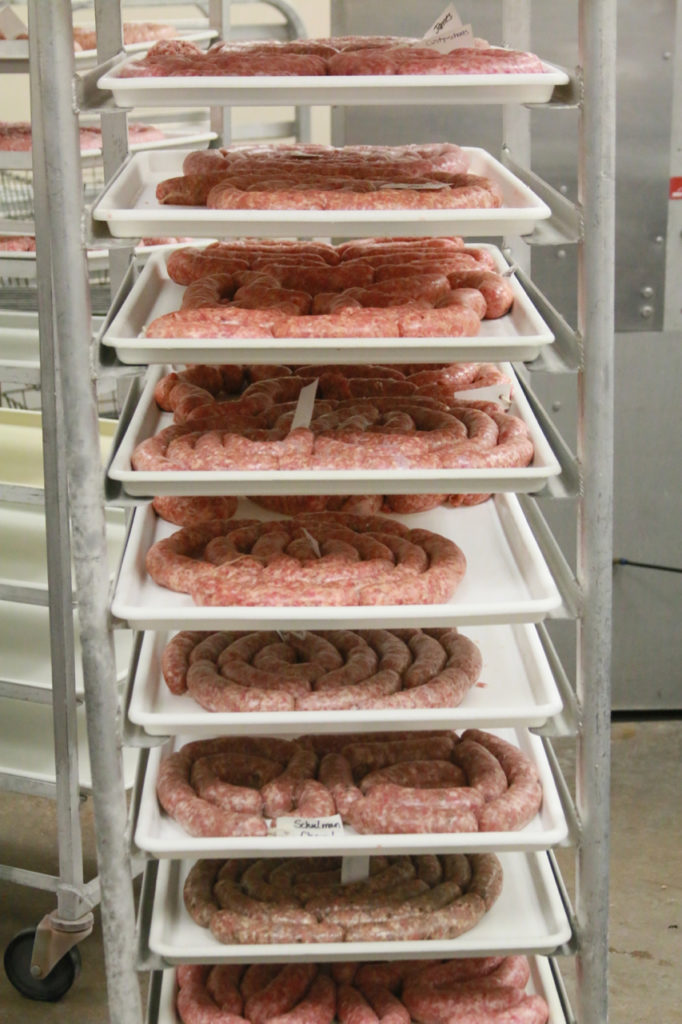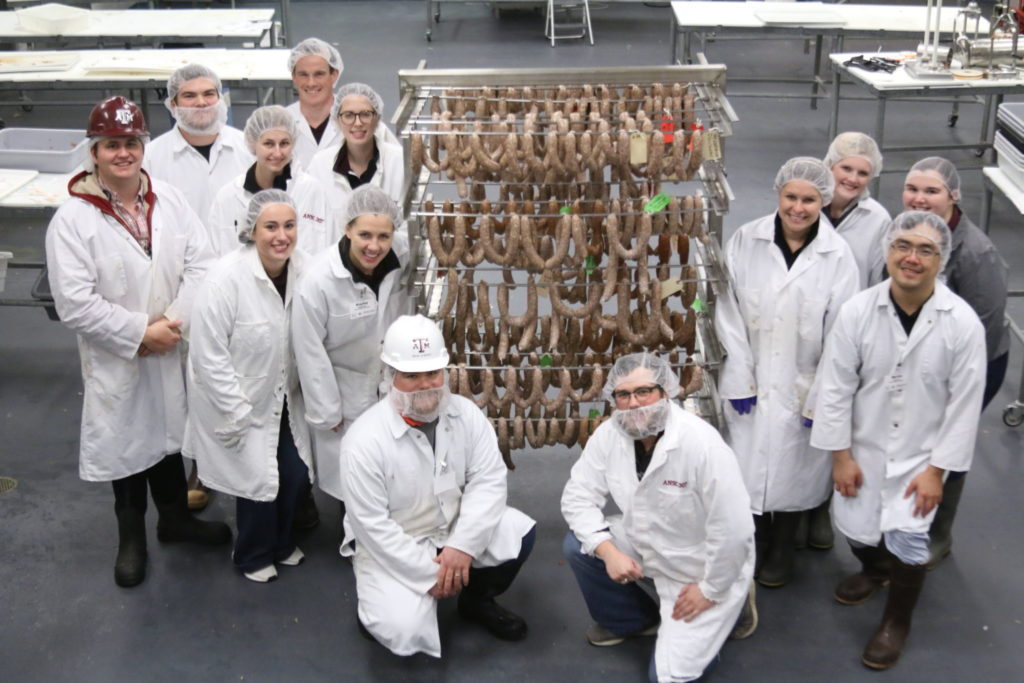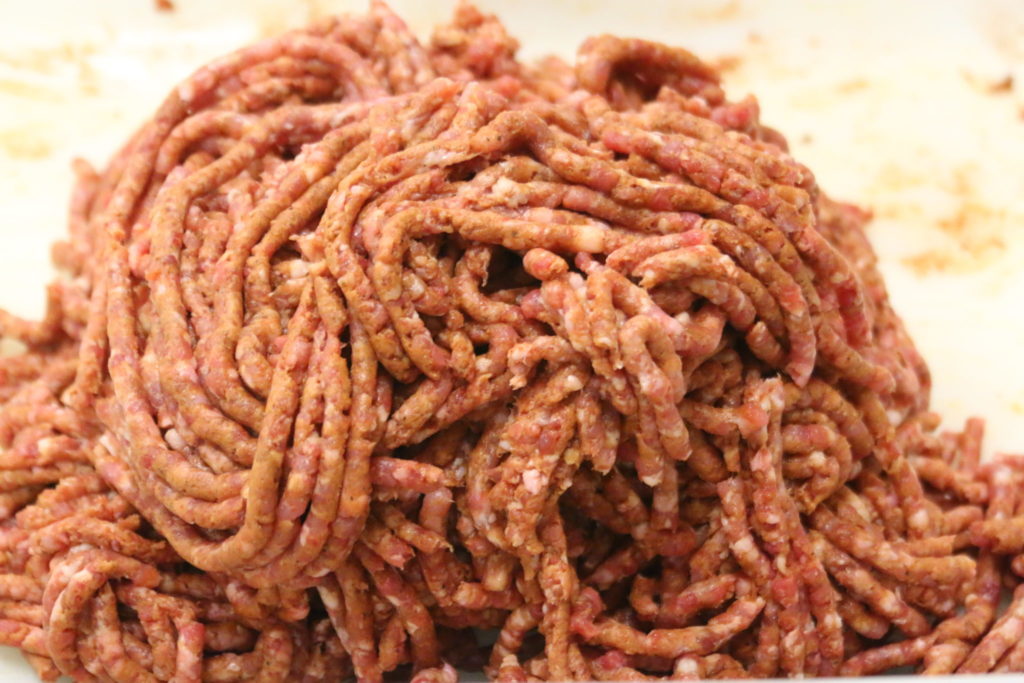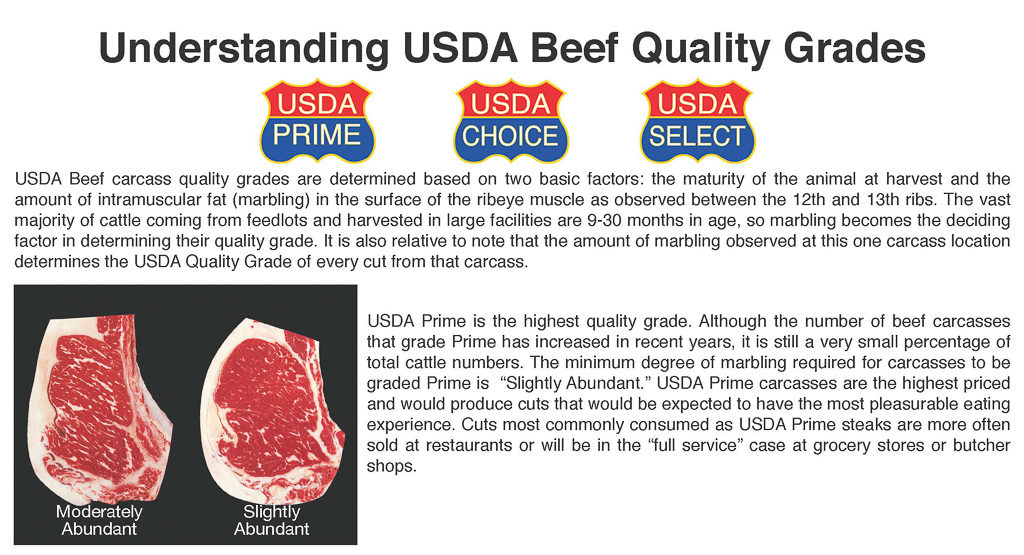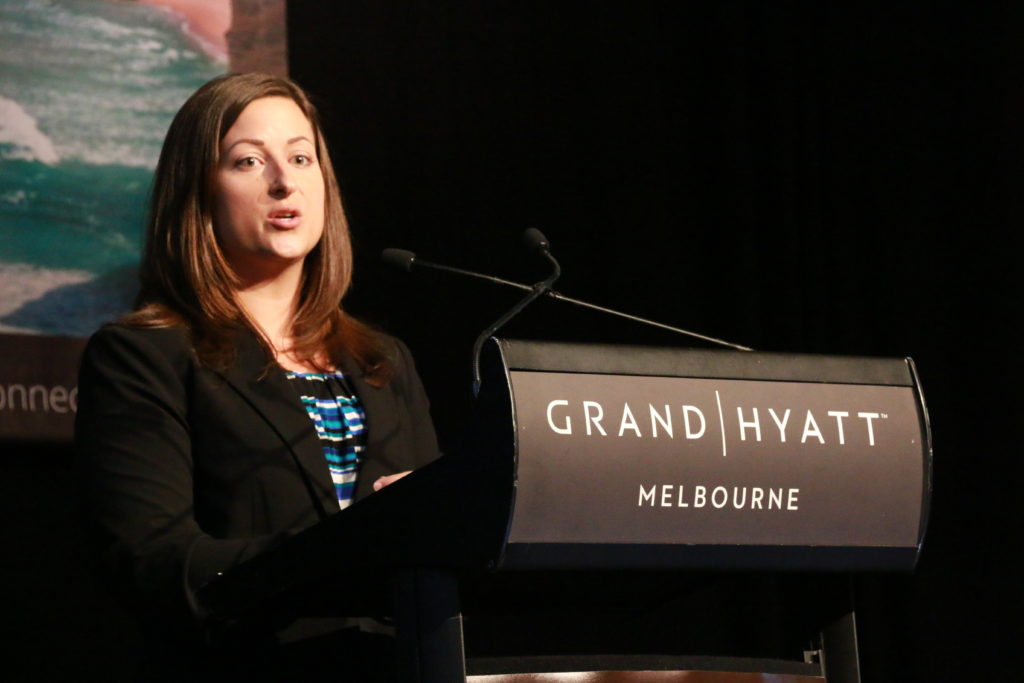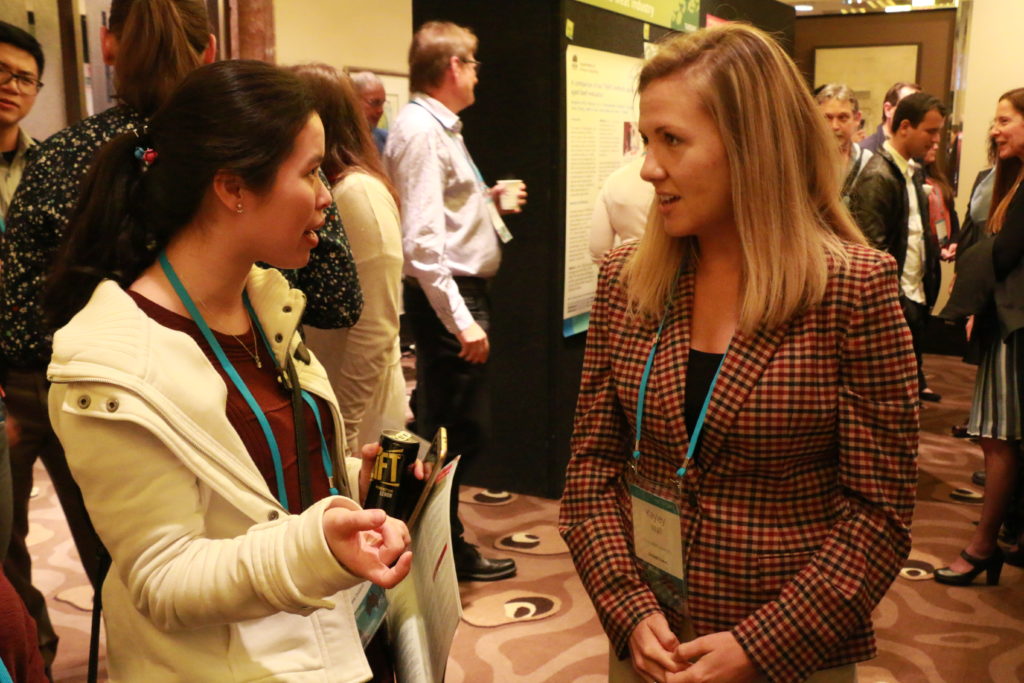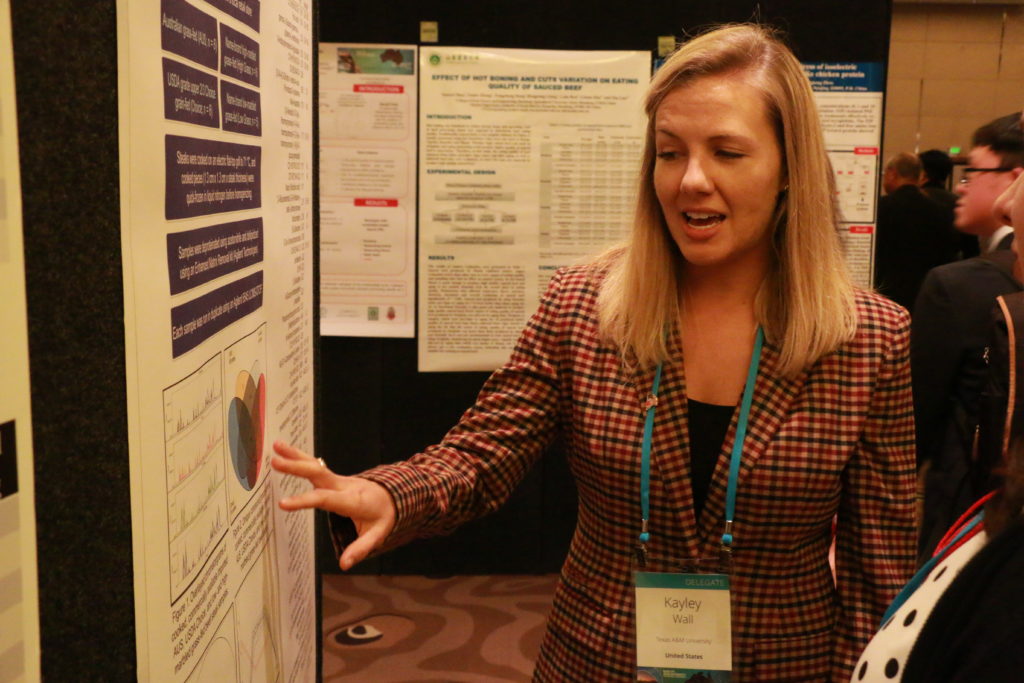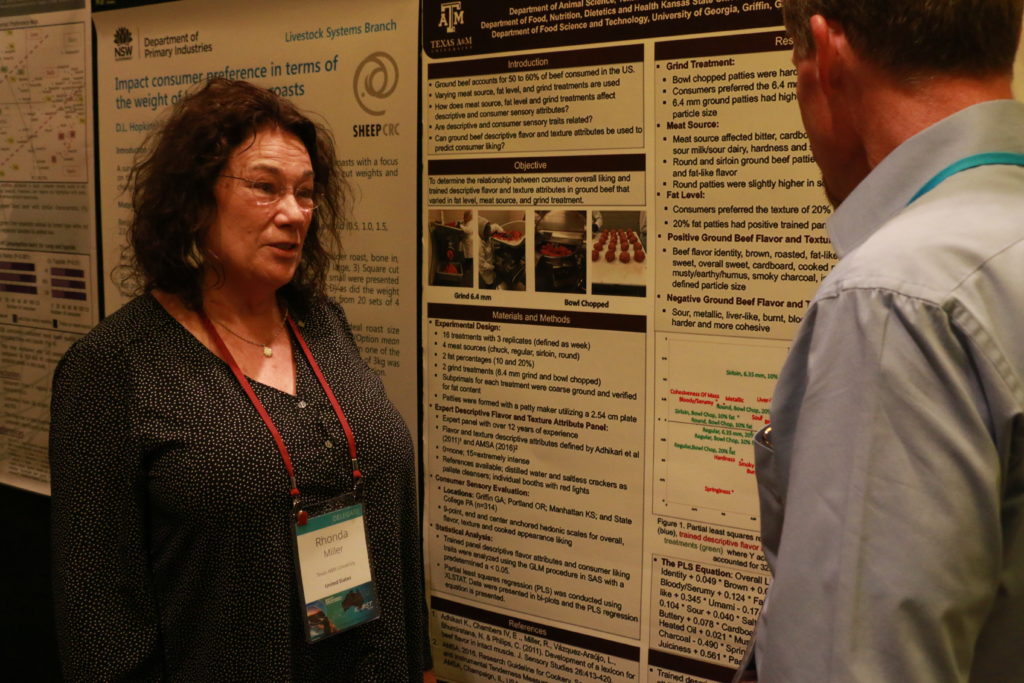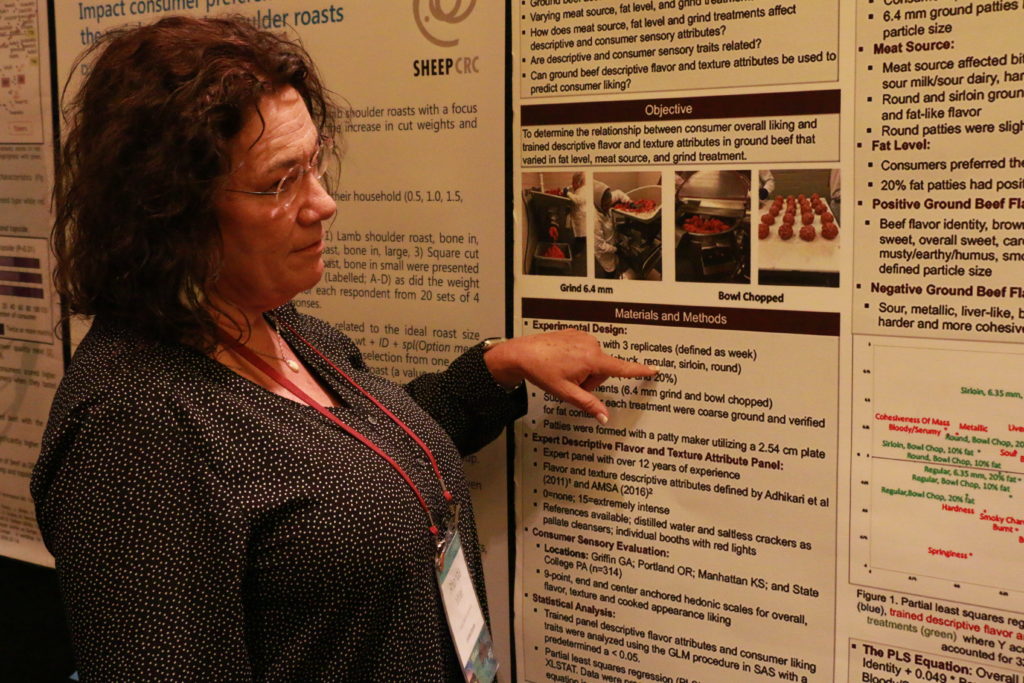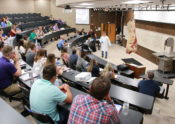
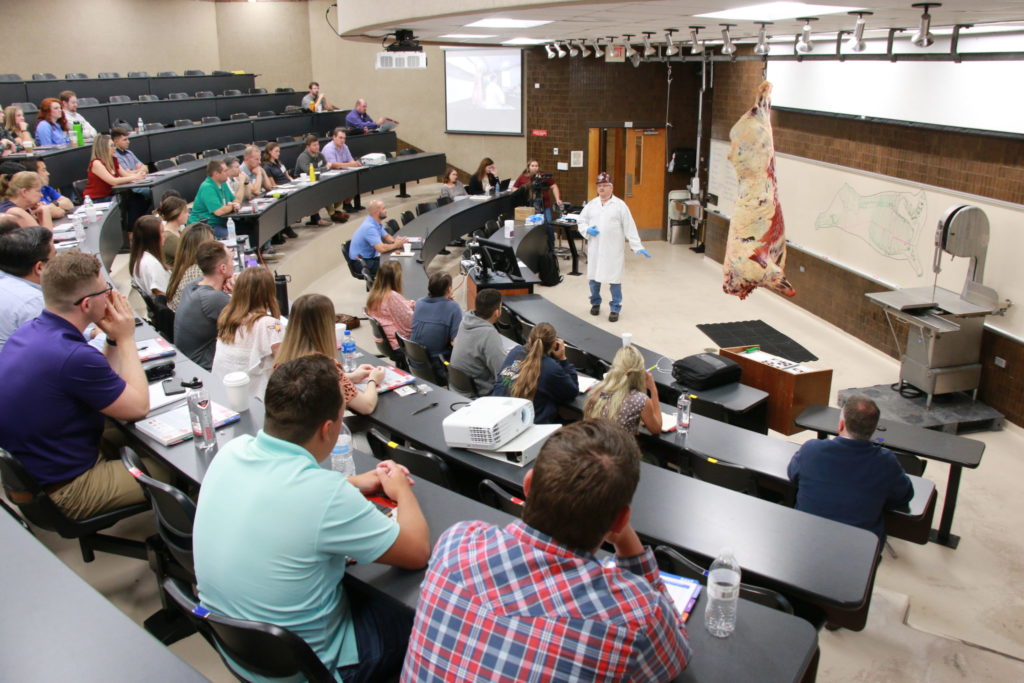
NAMI Center of the Plate Training
The 2021 Center of the Plate Training, sponsored by the North American Meat Institute, was held at the Rosenthal Meat Center at Texas A&M University on July 20-22, 2021. The Center of the Plate Training is designed for purchasers and sellers of meat and poultry to better understand the nomenclature and utilization of cuts for the foodservice and retail sectors. Ann Wells, Director, Education and Workforce Development, North American Meat Institute, is the coordinator of the program, and Davey Griffin, professor and Extension meat specialist, Department of Animal Science, Texas A&M University, provided on-campus leadership and served as the primary cutting instructor for the beef, veal, lamb, and pork portions of the program. Jeff Savell, distinguished professor of animal science, Chris Kerth, associate professor of animal science, and Kerri Gehring, professor, also helped with delivery of the program.

Davey Griffin talking about beef carcass anatomy
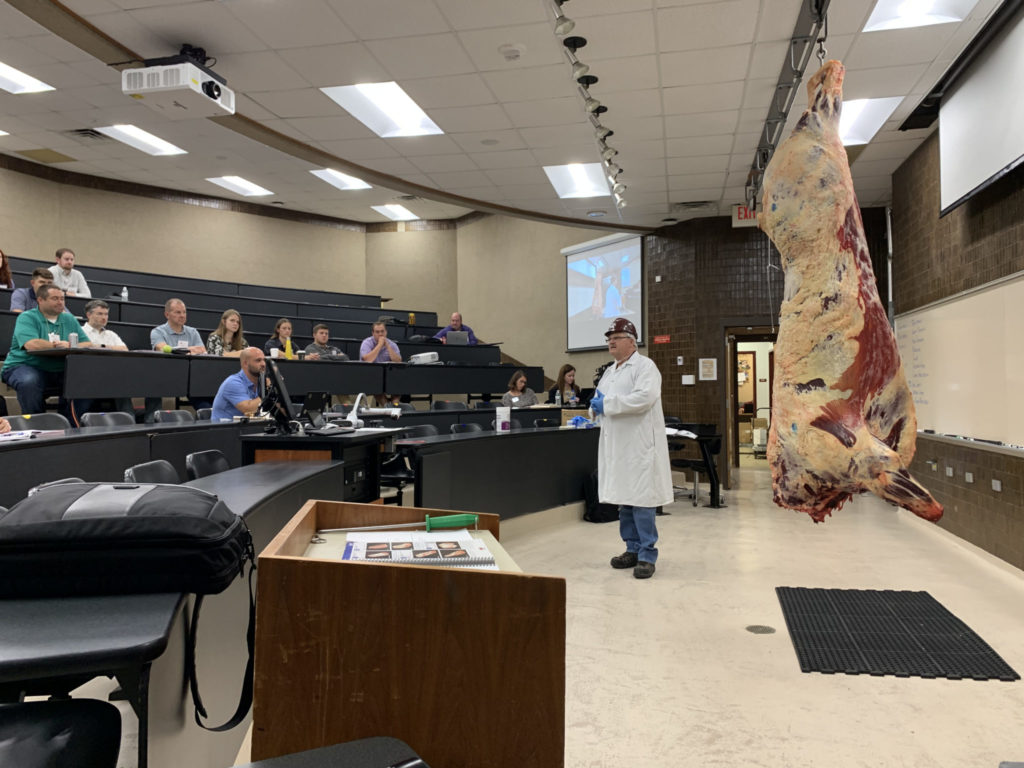
Davey Griffin talking about beef carcasses
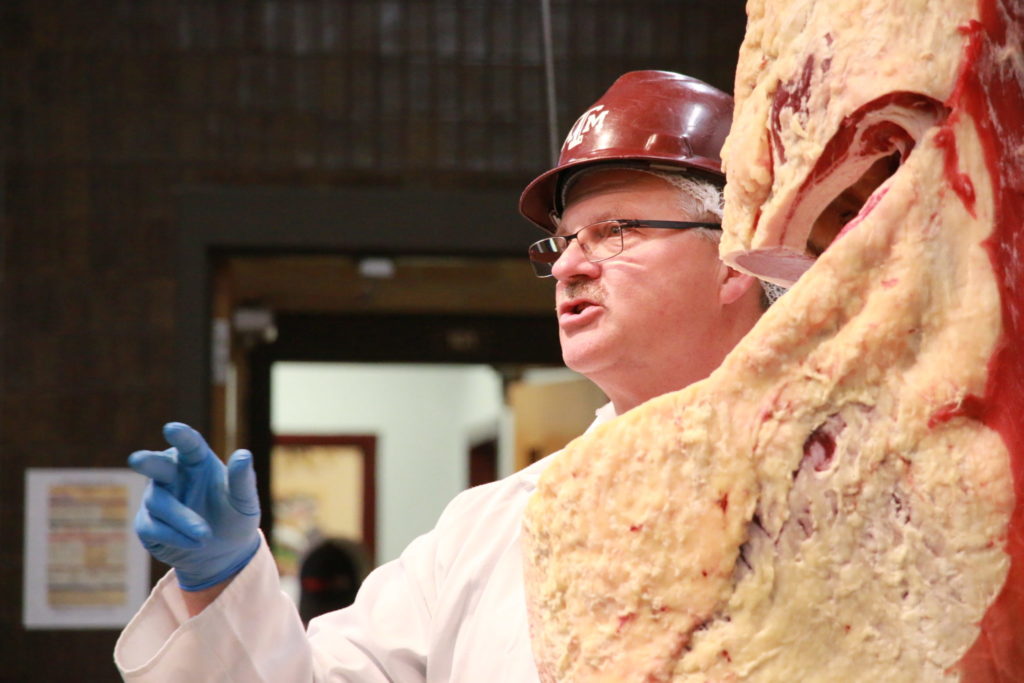
Davey Griffin discussing beef grading
The North American Meat Institute conducts the Center of the Plate Training in conjunction with the Foundation for Meat & Poultry Research & Education, American Association of Meat Processors, American Meat Science Association, Chicago Midwest Meat Association, Southwest Meat Association, Southeastern Meat Association, and Canadian Meat Council. Sponsors included the Beef Checkoff, the Pork Checkoff, the Lamb Checkoff, and Merck Animal Health. Representatives from the American Lamb Board, and the National Pork Board participated in the program.

Davey Griffin describing where the rib/plate is separated from the chuck/brisket/foreshank
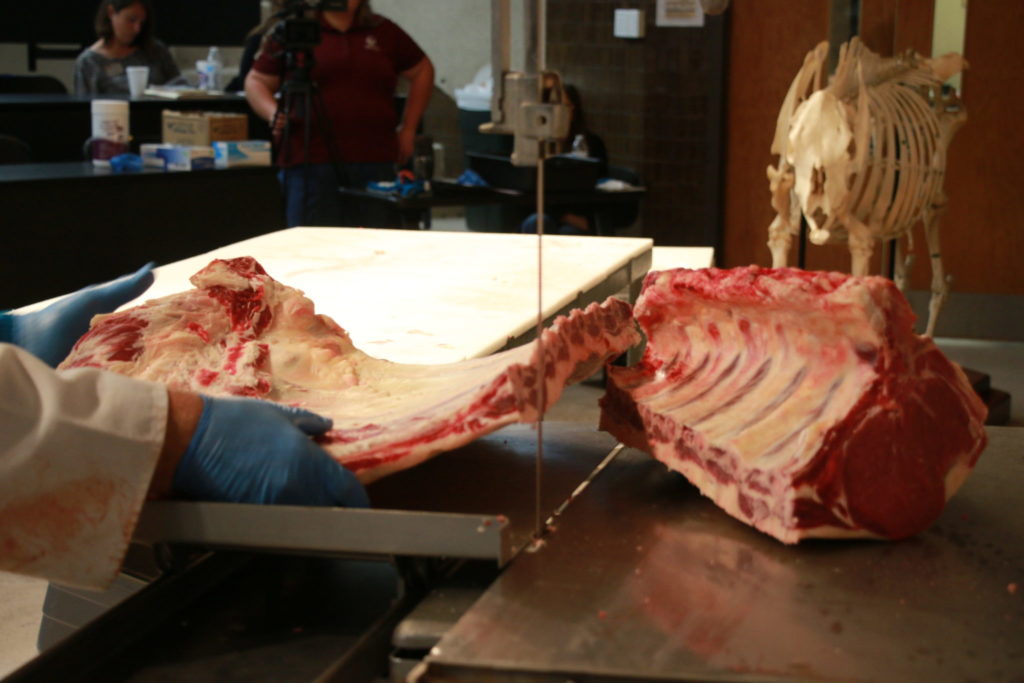
Separating the rib from the plate

Davey Griffin chining a beef rib

Davey Griffin discussing bovine anatomy
The Center of the Plate Training is conducted in a classroom environment. Over 50 participants interacted with the instructors who performed cutting demonstrations showing where the cuts came from and the numbering and nomenclature system used to describe them. The Institutional Meat Purchase Specifications (IMPS), maintained and published by the United States Department of Agriculture, are the basis for all product identification. The North American Meat Institute publishes the Meat Buyer’s Guide, which provides a pictorial description of the IMPS and is the workbook used throughout the training program.
Donna Moenning, Senior Account Manager, LOOK EAST, gave a presentation that included several videos on production practices of veal before Davey Griffin demonstrated different cutting styles for veal.
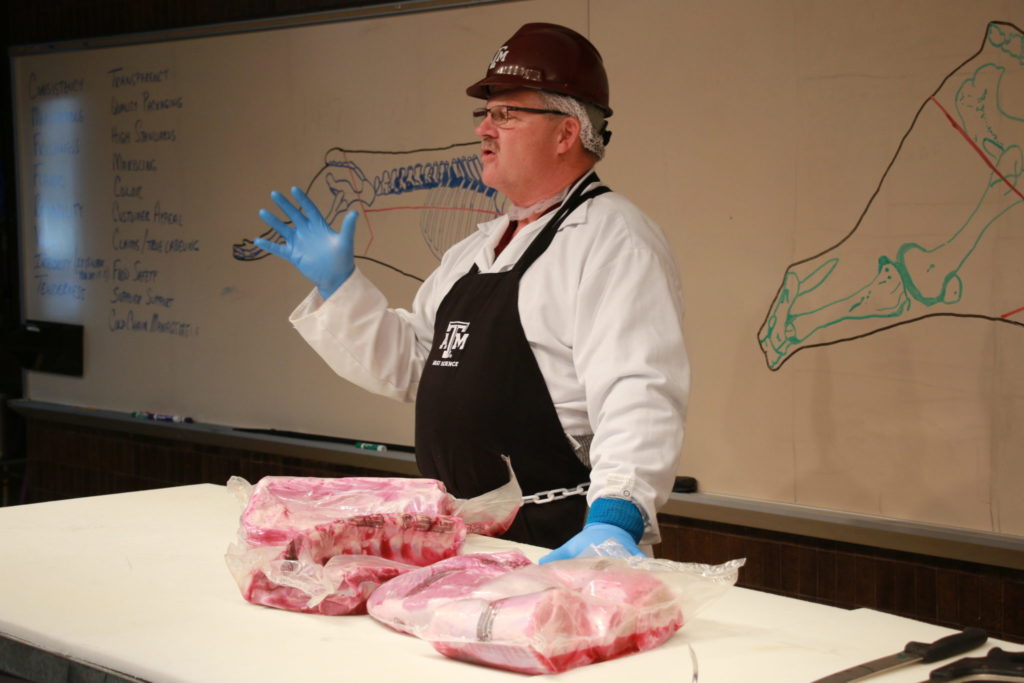
Davey Griffin cutting veal products
Mary Humann, American Lamb Board, gave an overview of the market for lamb before Davey Griffin showed various cuts and styles of lamb.
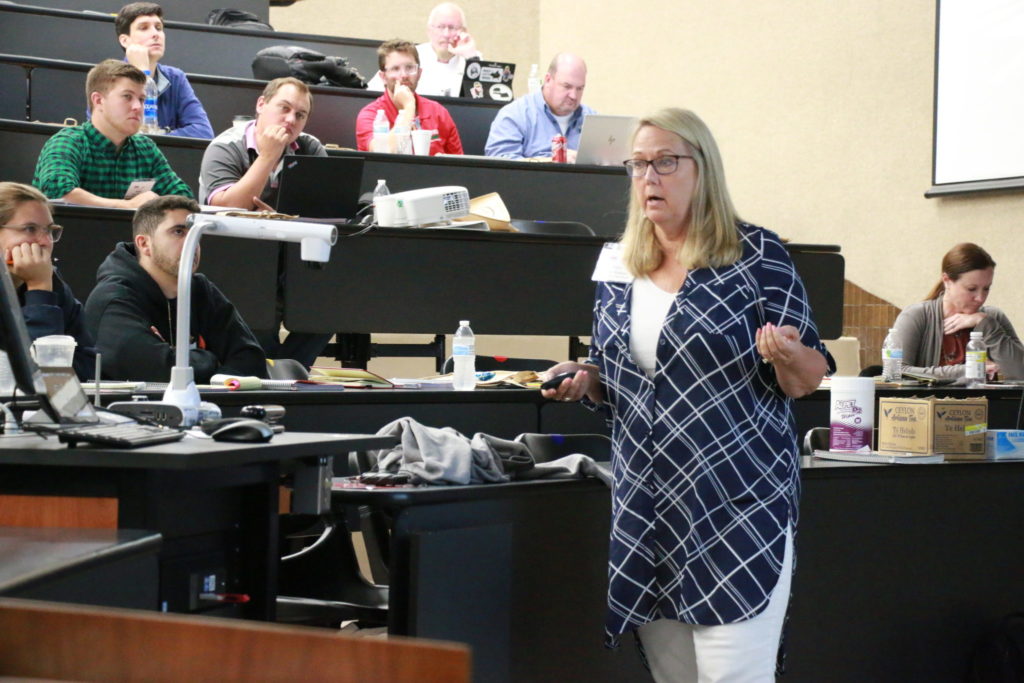
Mary Humann, American Lamb Council
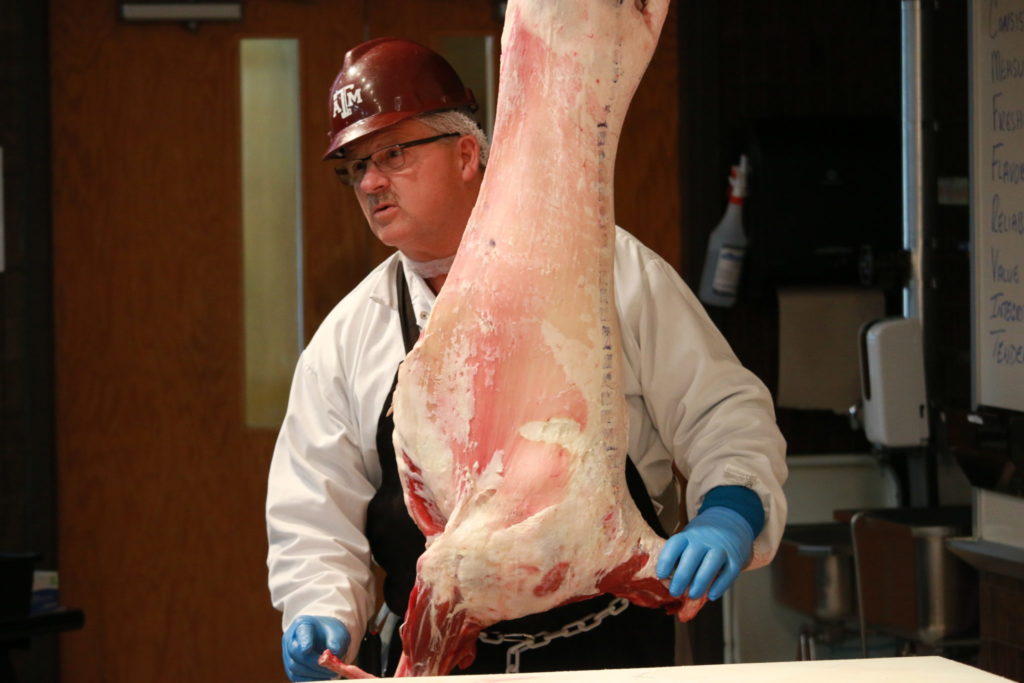
Davey Griffin discussing lamb carcass cutting
The pork portion of the training was conducted by Jimmy Murray and Clay Eastwood of the National Pork Board with assistance from Davey Griffin.
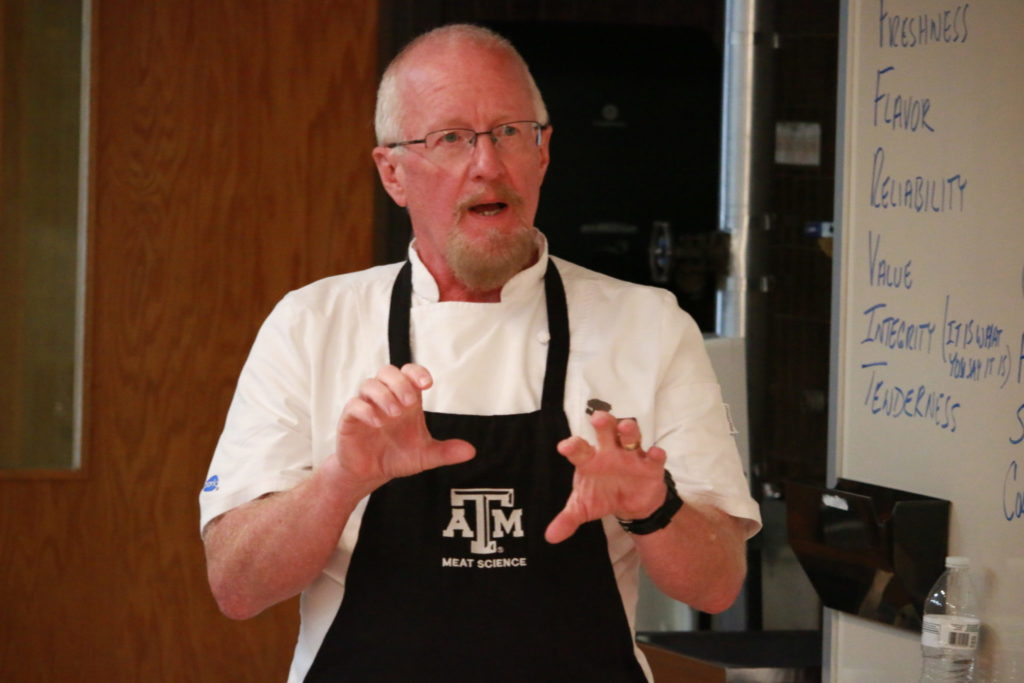
Jim Murray, National Pork Board
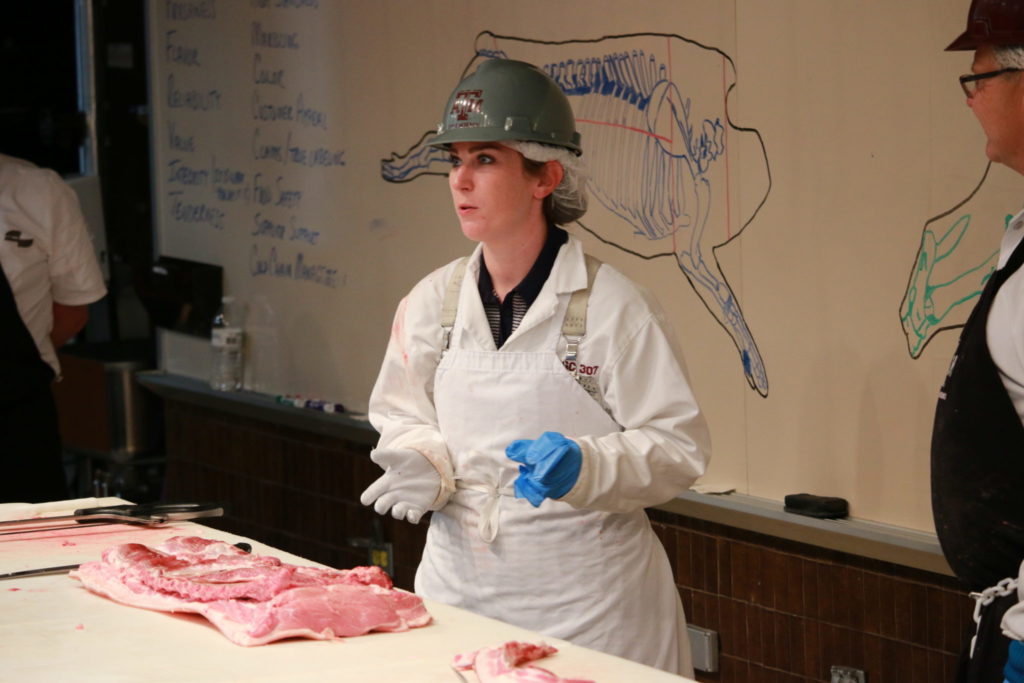
Clay Eastwood, National Pork Board
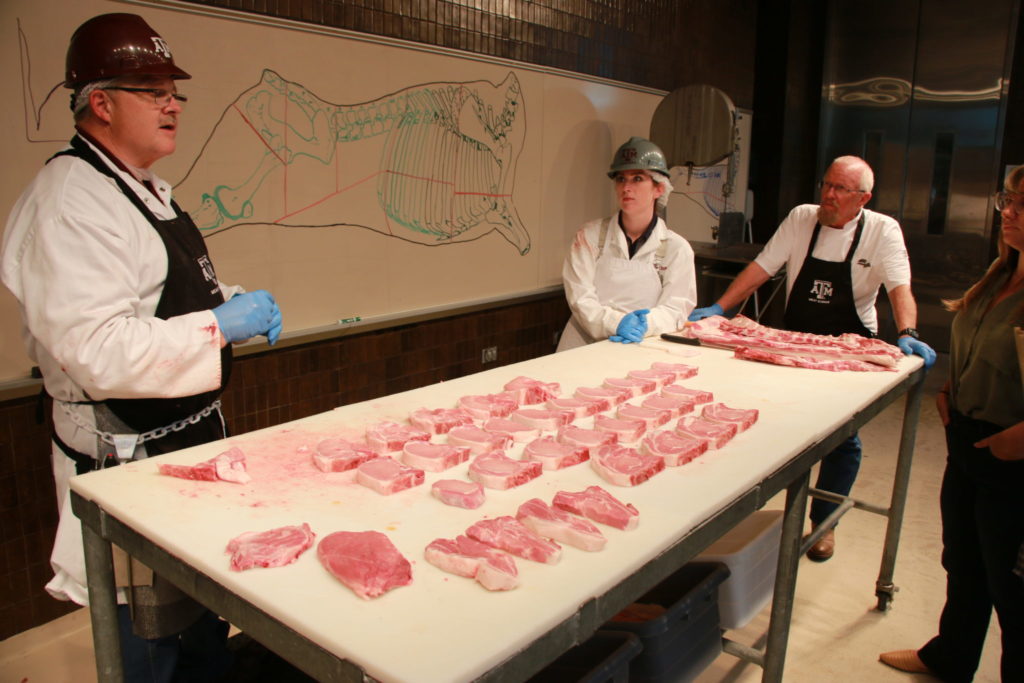
Davey Griffin, Clay Eastwood, and Jim Murray describing cuts of pork
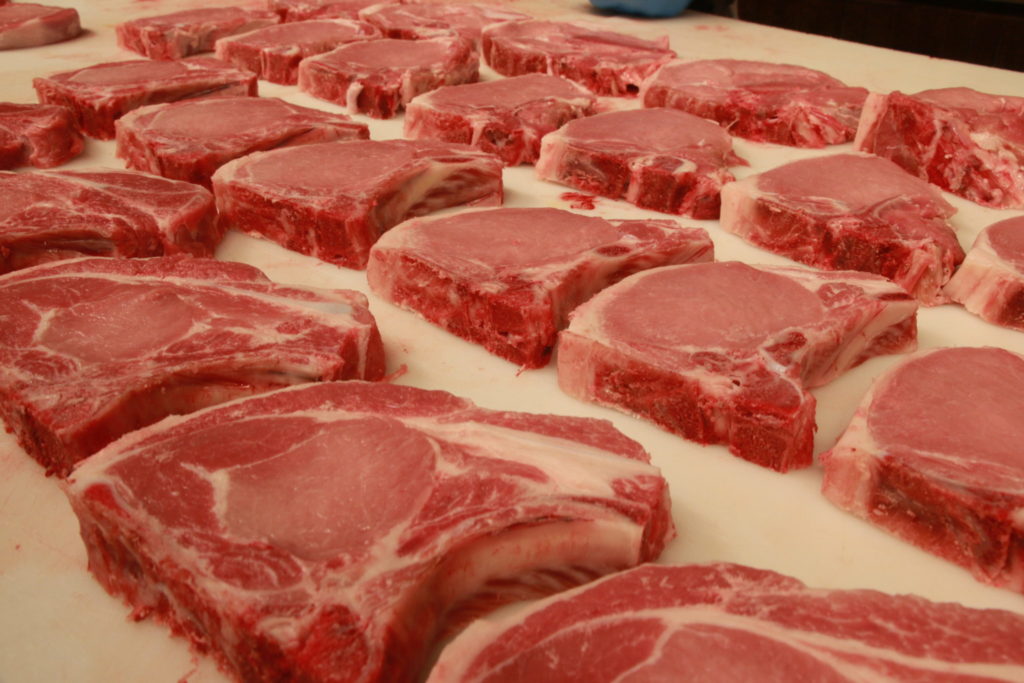
Cuts of pork
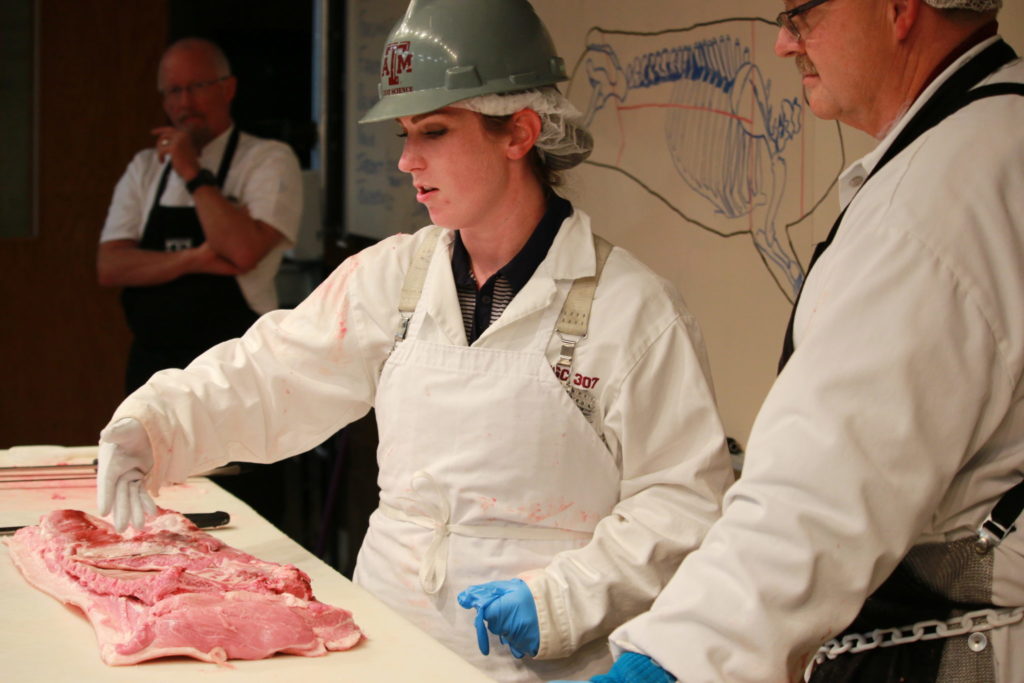
Clay Eastwood, National Pork Board

Davey Griffin talking about pork loin fabrication at the Center of the Plate Workshop
A discussion of processed meats led by Chris Kerth. Kerth gave a presentation on processed meat ingredients and labeling, and he showed a variety of locally available processed meat products and the labels and marketing claims made for each.

Chris Kerth, Associate Professor
Kerri Gehring gave a presentation on Meat Nutrition as a part of The North American Meat Institute’s commitment to the Protein PACT.

Kerri Gehring, Professor and Presidential Impact Fellow
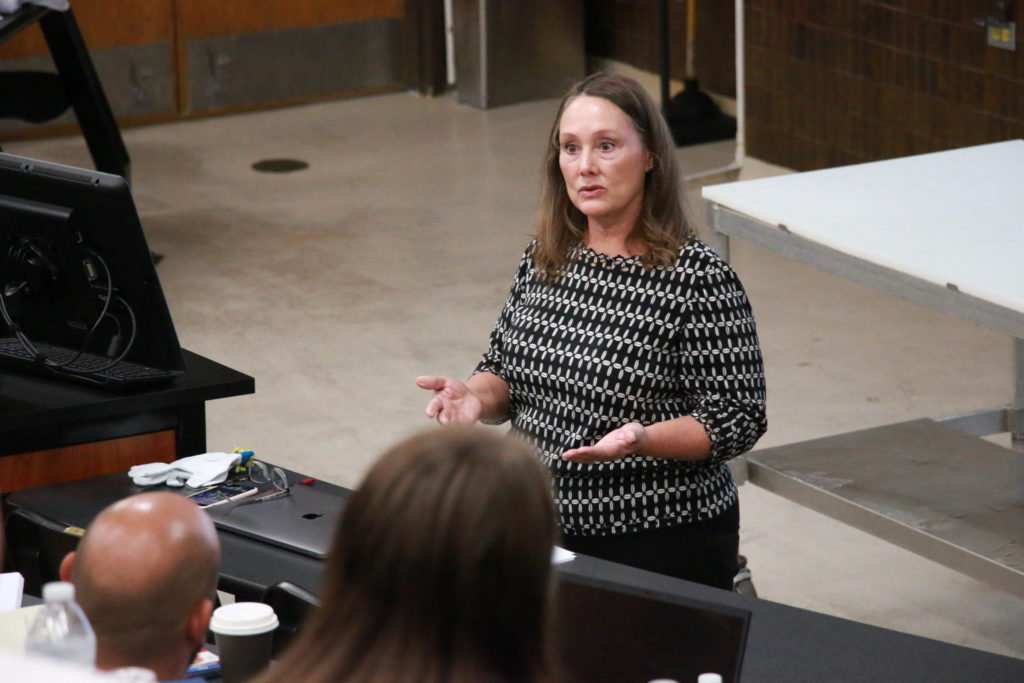
Kerri Gehring, Professor and Presidential Impact Fellow
The poultry portion of the training was conducted by members of the Agricultural Marketing Service of the United States Department of Agriculture. Chad Brillhart and Gerald Laird led the discussion on poultry grading, terminology, and common uses of specific poultry products.
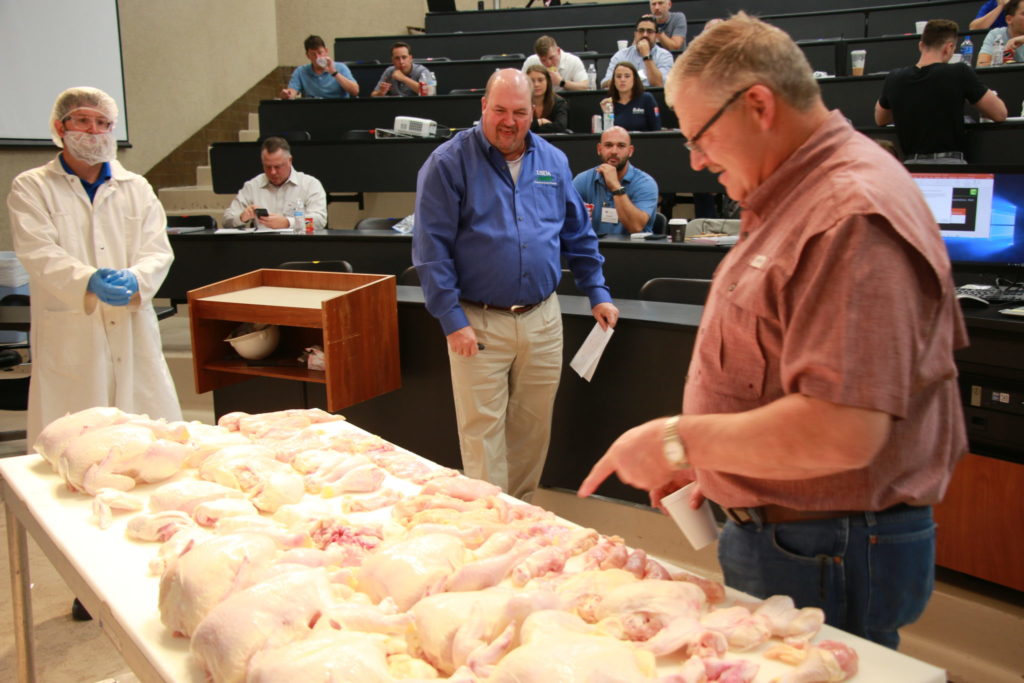
Poultry at the Center of the Plate Workshop
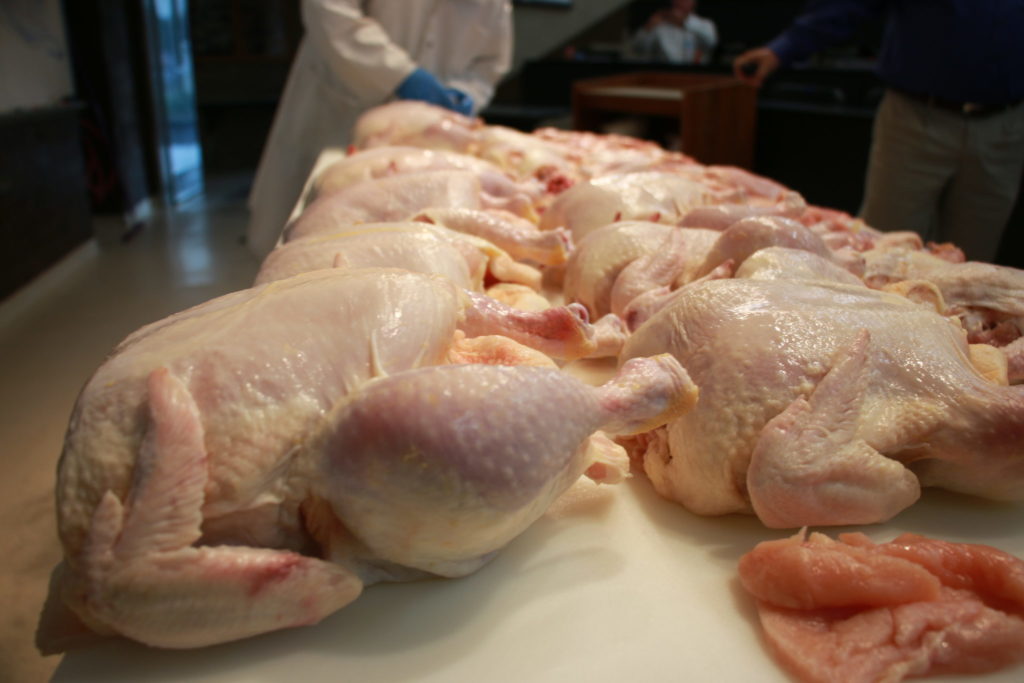
Poultry at the Center of the Plate Workshop
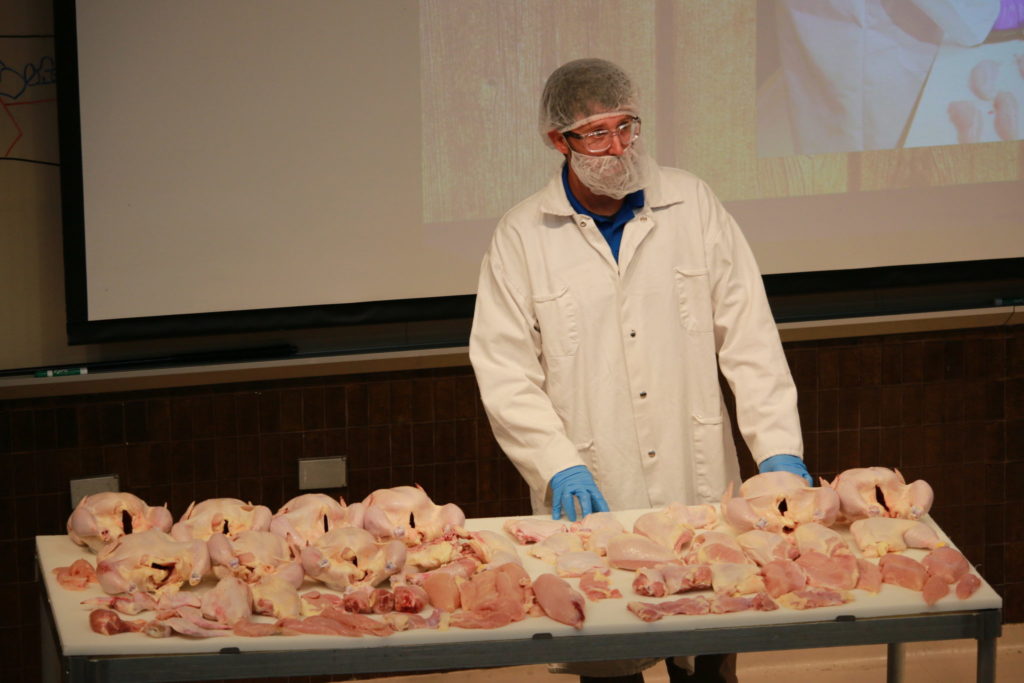
Chad Brillhart, Assistant to the National Poultry Supervisor
Texas A&M University has hosted the Center of the Plate Training since 2005, and we appreciate the opportunity to work with the North American Meat Institute on this program each year.
